Namibia's best walking holidays
Across most of this vast wilderness, relatively low wildlife densities allow you to explore walking trails on your own. Set out with an expert guide, however, and you’ll often gain a deeper insight into the little things you might miss on your own - as well as a greater understanding of Namibian culture.
Many camps and lodges take advantage of their spectacular surroundings, offering marked trails that allow guests to explore on foot – as well as to escape the "African massage" of nature drives!
Namibia’s exceptional scenery and natural beauty may be the biggest draws for hikers, but if walking in wildlife areas appeals, take a look at our suggestions for
walking safaris in Namibia.
No matter what your aim, we typically recommend planning any walking trip to Namibia between June and September to avoid the worst of the harsh desert sun. Happily, these months coincide with the best time for wildlife watching as well.
We can of course tailor-make your trip to suit your specifications, but to get you started we’ve included below some suggested itineraries, taking in the very best of walking in Namibia.
Chongololo Self-drive Safari
21 days • 11 locations
WINDHOEK AIRPORT TO WINDHOEK AIRPORT
US$9,260 - US$10,220 per person
Mundulea Reserve
Walks at Mundulea are usually led by Bruno, who we rate as one of the best guides in Africa. His passion for nature and conservation, broad knowledge of topics from geology to local politics, and ability to enthuse you, make for a Namibian walking experience that’s hard to match.
BullsPort Lodge & Farm
Bullsport Guest Farm, in the Naukluft Mountains, offers fantastic variety for those interested in walking in Namibia. Eight well-marked trails (the Quiver Tree Gorge Trail is our favourite) lead through the farm and surrounding area, with stunning scenery.
Rostock Ritz
Rostock Ritz offers some lovely walking in Namibia, with over 60km of self-guided trails of varying lengths and difficulty. Walking here you can enjoy the Namib Desert, gravel plains, mountain ranges and deep canyons.
Tok Tokkie Trails
Tok Tokkie Trails offer a superb package between Mar-Nov of a 3day/2night walk in the NamibRand Nature Reserve. Sleep under the stars, see flora and fauna of the desert landscape and stay at simple overnight camps – a great option for some walking in Namibia.
Spitzkoppen Lodge
Namibia’s Spitzkoppe Massif has long been a fantastic destination to explore on foot. The picturesque mountains, which hide ancient Bushman art, are often accessed via steep paths which, with the opening of Spitzkoppen Lodge, are now much easier to explore
Etendeka Hiking Trail
The stunning scenery, expert guiding and raw wilderness experience of the Etendeka Walking Trail promises to be one of the most challenging and rewarding hiking experiences in Namibia.
Quiver Tree Self-drive Safari
14 days • 7 locations
WINDHOEK AIRPORT TO WINDHOEK AIRPORT
US$3,580 - US$3,790 per person
Desert Horse Inn
Klein-Aus Vista reserve has seven walking trails, ranging from 4km to just over 20km, so makes a good choice for guests interested in hiking in Namibia. Note that April to mid October, when it is cooler, is the ideal time for hiking.
Kalahari Red Dunes
Perhaps the best way to explore and understand an environment is on foot. Kalahari Red Dunes Lodge offers a range of walking experiences in the Namibian wilderness, from short self-guided trails to the guided, overnight “Trans-Kalahari” trail.
Spitzkoppen Lodge
Namibia’s Spitzkoppe Massif has long been a fantastic destination to explore on foot. The picturesque mountains, which hide ancient Bushman art, are often accessed via steep paths which, with the opening of Spitzkoppen Lodge, are now much easier to explore
Caracal Self-drive Safari
14 days • 8 locations
WINDHOEK AIRPORT TO WINDHOEK AIRPORT
US$3,970 - US$4,260 per person
BullsPort Lodge & Farm
Bullsport Guest Farm, in the Naukluft Mountains, offers fantastic variety for those interested in walking in Namibia. Eight well-marked trails (the Quiver Tree Gorge Trail is our favourite) lead through the farm and surrounding area, with stunning scenery.
Hartebeest Self-drive Safari
16 days • 8 locations
WINDHOEK AIRPORT TO WINDHOEK AIRPORT
US$4,800 - US$4,990 per person
Spitzkoppen Lodge
Namibia’s Spitzkoppe Massif has long been a fantastic destination to explore on foot. The picturesque mountains, which hide ancient Bushman art, are often accessed via steep paths which, with the opening of Spitzkoppen Lodge, are now much easier to explore
Black Wildebeest Self-drive Safari
19 days • 10 locations
CAPE TOWN AIRPORT TO WINDHOEK AIRPORT
US$4,280 - US$4,390 per person
Canyon Lodge
Hiking at Canyon Lodge offers views across the plateau towards Fish River Canyon; in winter (Apr–Aug) the 'morning walk' covers 6km with a knowledgeable guide. For those after gentler walking in Namibia the “sunrise walk” (year-round) may appeal.
1 of
Our most recent reviews of Scenic walking & hiking in Namibia
Detailed, un-edited reviews from our Namibia travellers whose trips we tailored towards scenic walking & hiking. Click below to read the traveller's full review, and see all the reviews of our Namibia holidays here.
Arrived 24 May 2025, 14 nights
"My May 2025 trip"
Overall rating: Excellent
Arrived 13 May 2025, 12 nights
"My May 2025 trip"
Overall rating: Good
Arrived 2 May 2025, 26 nights
"My May 2025 trip"
Overall rating: Excellent
Arrived 1 May 2025, 19 nights
"My May 2025 trip"
Overall rating: Excellent
Arrived 5 Mar 2025, 14 nights
"Namibia March 2025"
Overall rating: Excellent
Arrived 22 Sep 2024, 16 nights
"My September 2024 trip to Namibia"
Overall rating: Excellent
Arrived 6 Sep 2024, 24 nights
"My Sep 2024 trip"
Overall rating: Excellent
Arrived 15 Aug 2024, 14 nights
"My Aug 2024 trip"
Overall rating: Excellent
Arrived 21 Jul 2024, 25 nights
"My Jul 2024 trip"
Overall rating: Excellent
Arrived 4 Jun 2024, 23 nights
"Fantastic June 2024 Namibia Self Drive Trip"
Overall rating: Excellent
Best camps & lodges for Scenic walking & hiking in Namibia
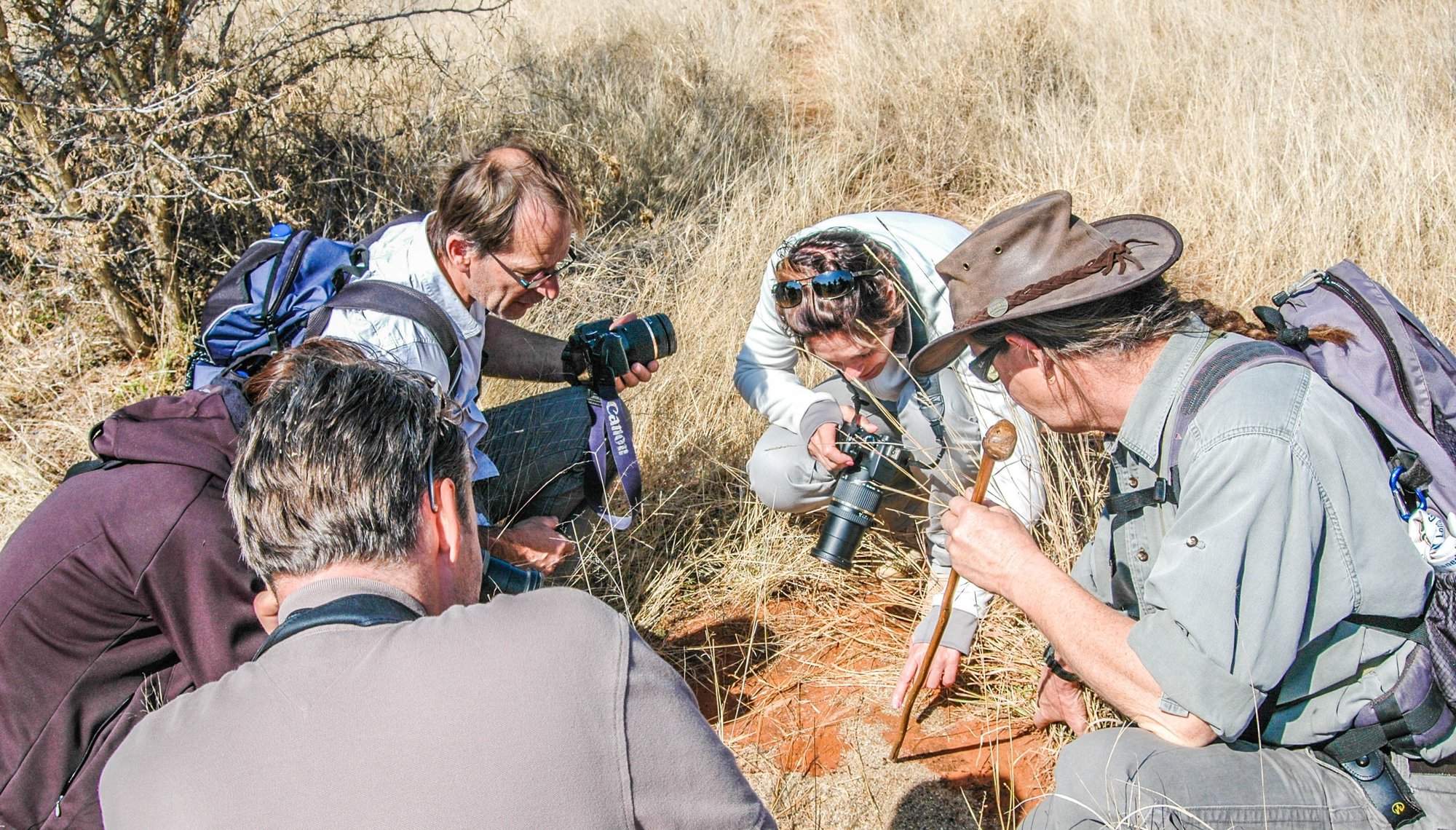
Mundulea Reserve
Walks at Mundulea are usually led by Bruno, who we rate as one of the best guides in Africa. His passion for nature and conservation, broad knowledge of topics from geology to local politics, and ability to enthuse you, make for a Namibian walking experience that’s hard to match.
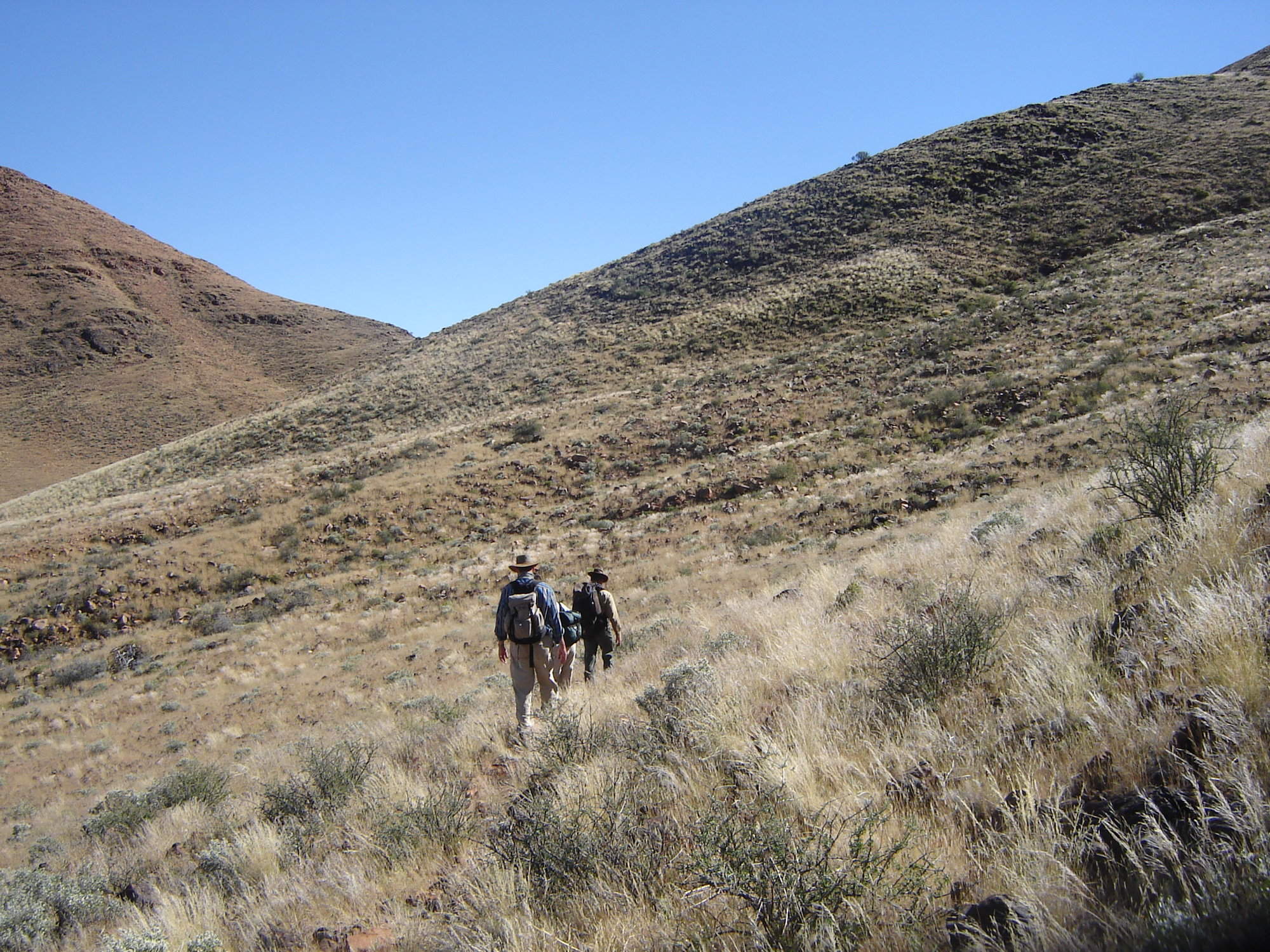
Tok Tokkie Trails
Tok Tokkie Trails offer a superb package between Mar-Nov of a 3day/2night walk in the NamibRand Nature Reserve. Sleep under the stars, see flora and fauna of the desert landscape and stay at simple overnight camps – a great option for some walking in Namibia.
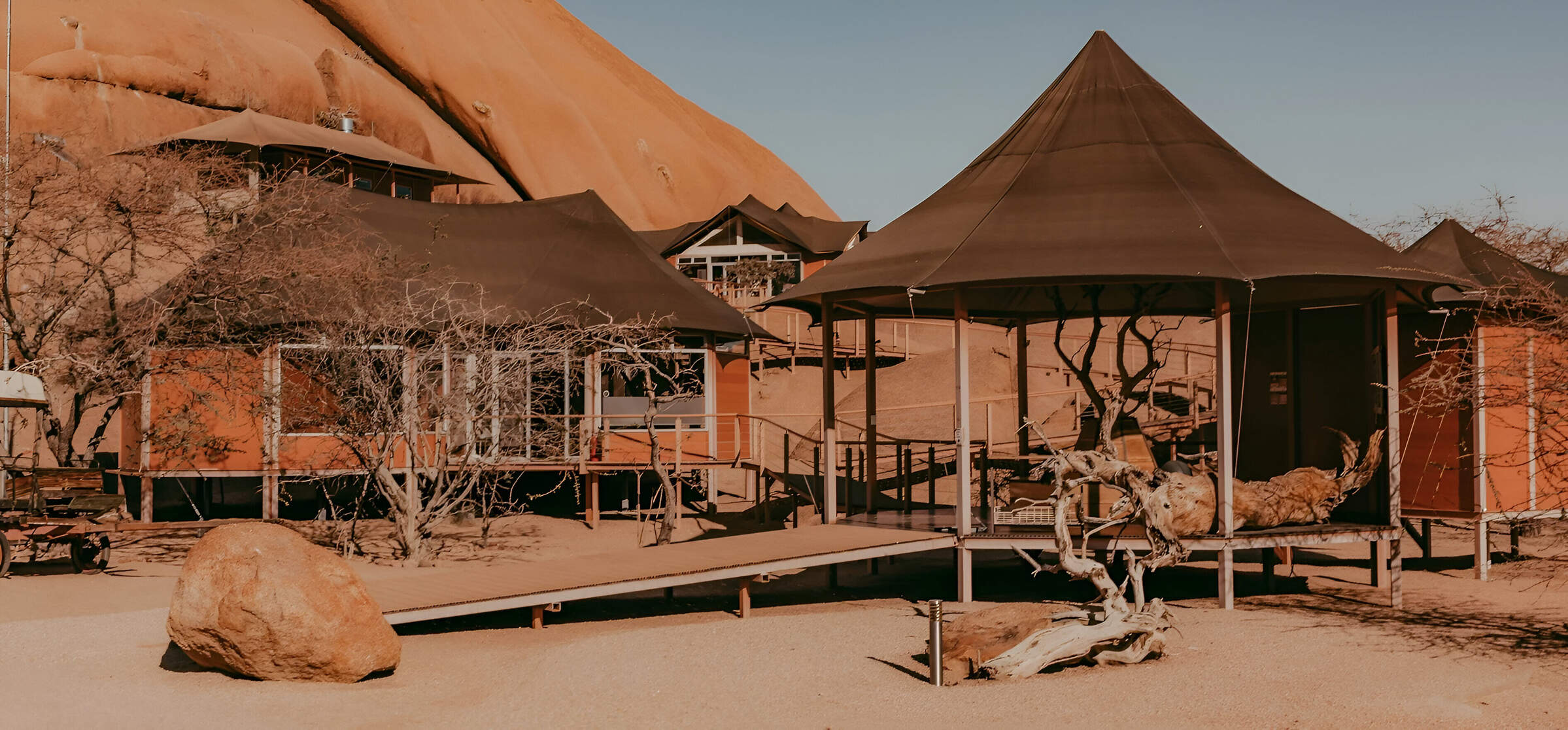
Spitzkoppen Lodge
Namibia’s Spitzkoppe Massif has long been a fantastic destination to explore on foot. The picturesque mountains, which hide ancient Bushman art, are often accessed via steep paths which, with the opening of Spitzkoppen Lodge, are now much easier to explore
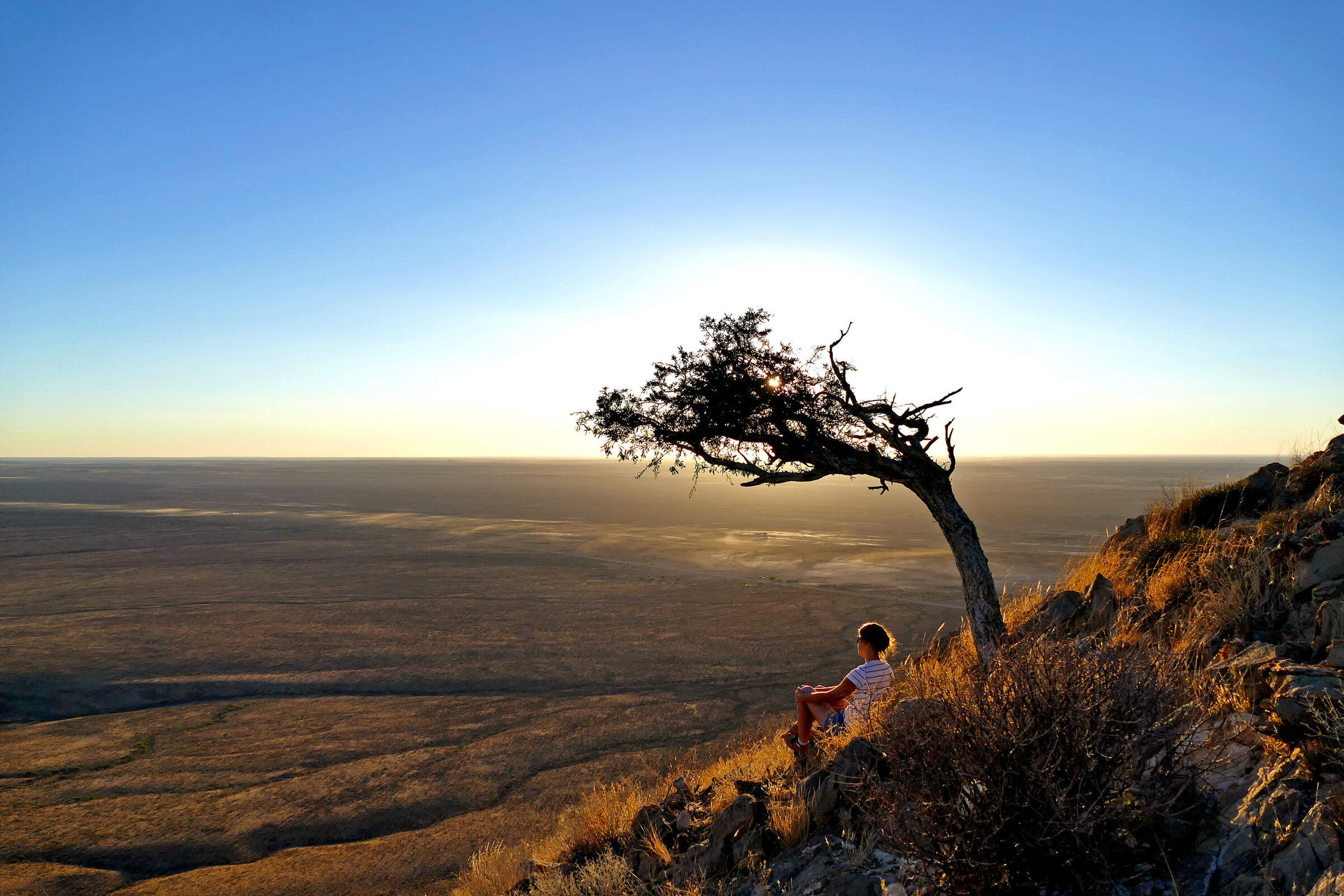
BullsPort Lodge & Farm
Bullsport Guest Farm, in the Naukluft Mountains, offers fantastic variety for those interested in walking in Namibia. Eight well-marked trails (the Quiver Tree Gorge Trail is our favourite) lead through the farm and surrounding area, with stunning scenery.
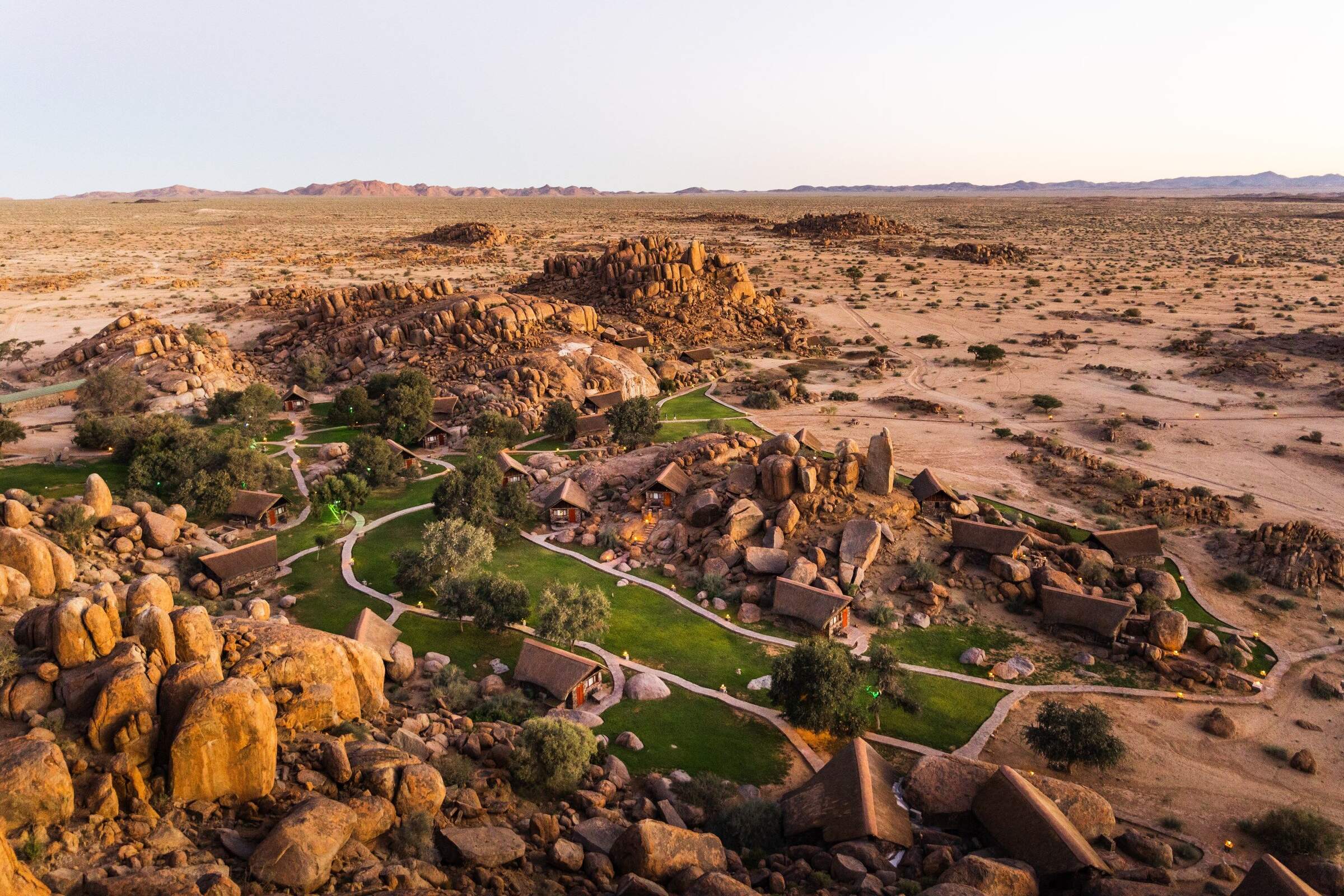
Canyon Lodge
Hiking at Canyon Lodge offers views across the plateau towards Fish River Canyon; in winter (Apr–Aug) the 'morning walk' covers 6km with a knowledgeable guide. For those after gentler walking in Namibia the “sunrise walk” (year-round) may appeal.
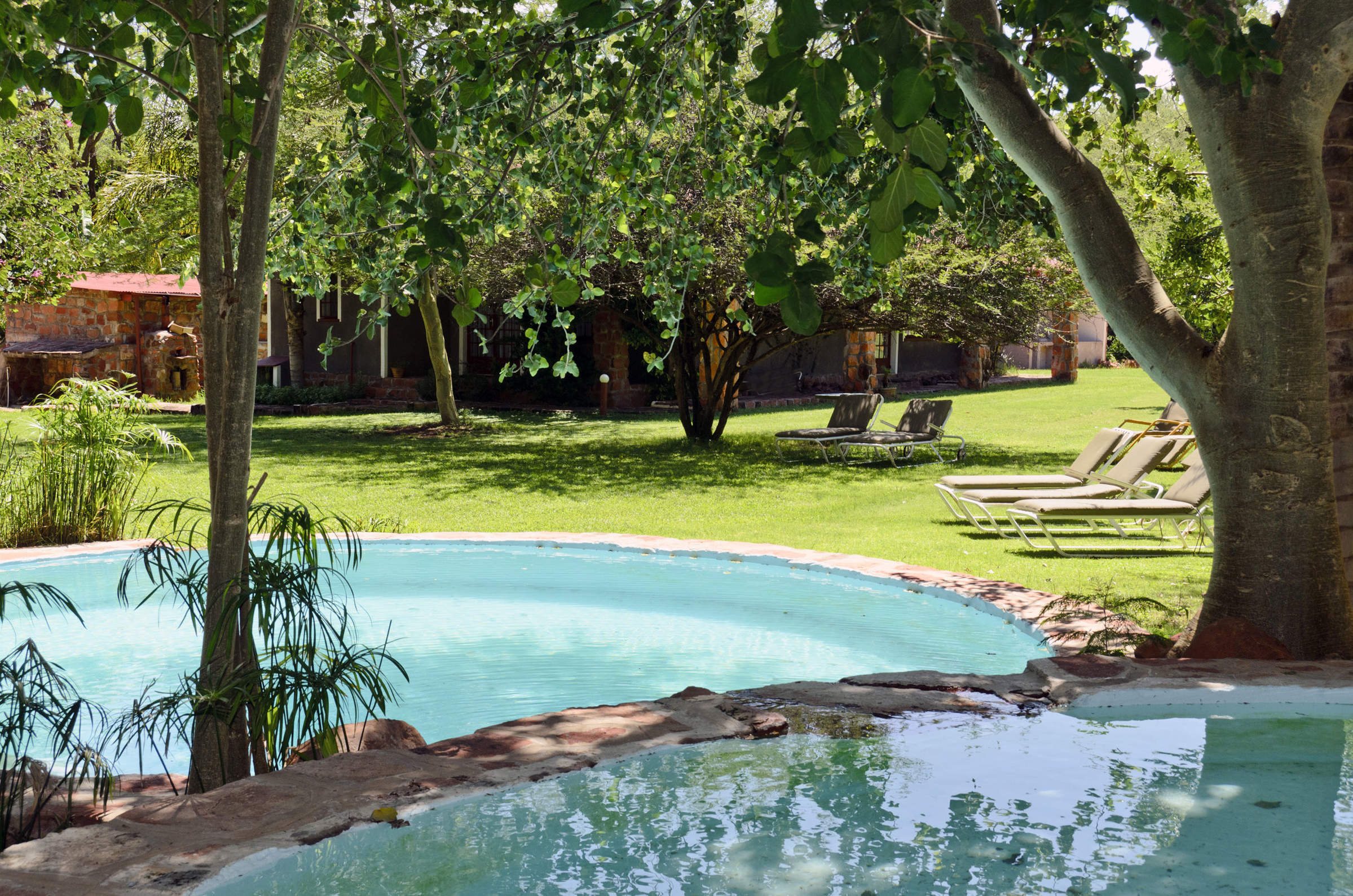
Waterberg Wilderness
The walks at Waterberg focus on the plateau itself, offering views of the superb scenery on the way up and the chance to explore the top. The walks are usually 3-4 hours, and we think they’re well worth the degree of energy and effort required.
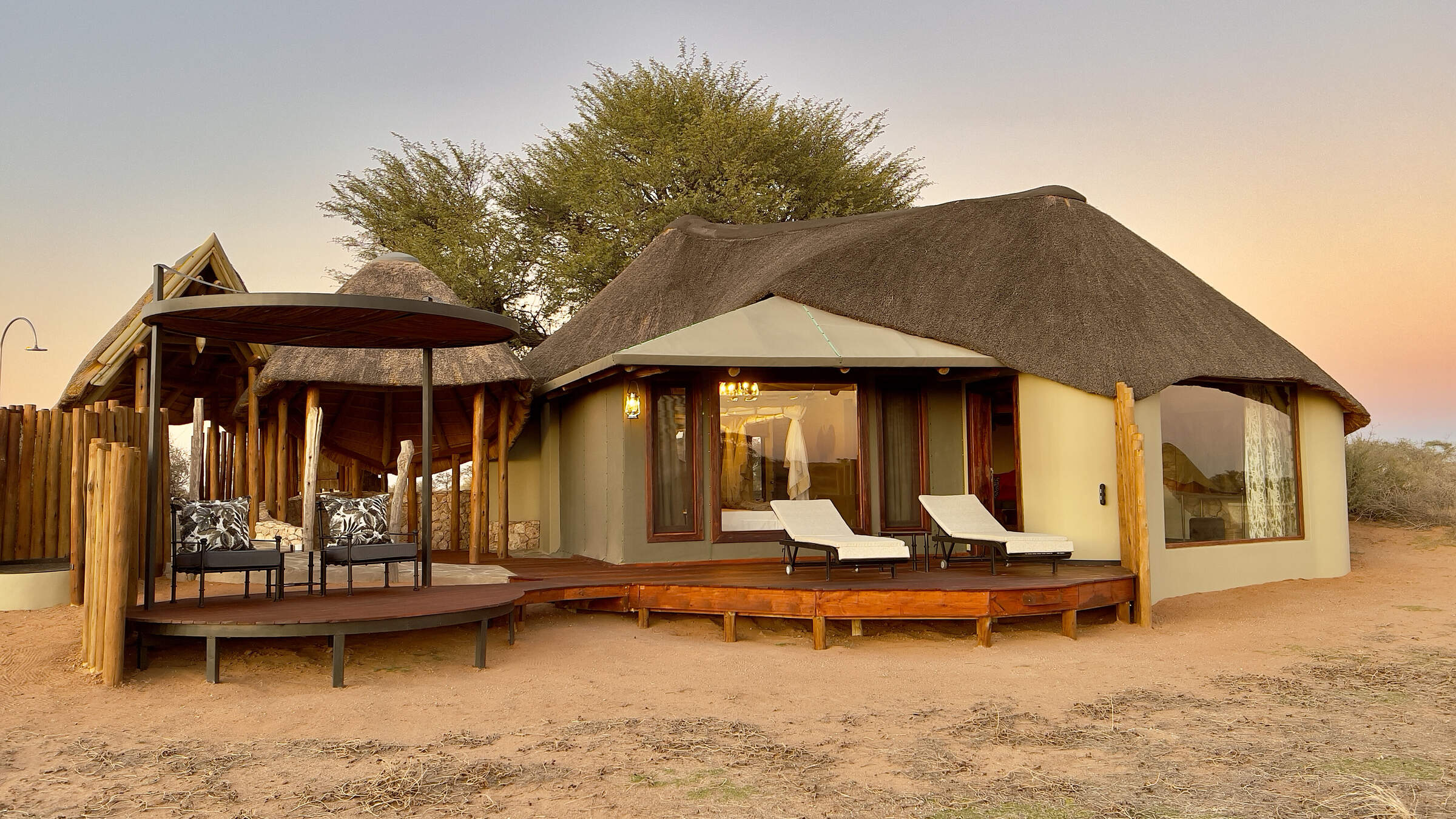
Kalahari Red Dunes
Perhaps the best way to explore and understand an environment is on foot. Kalahari Red Dunes Lodge offers a range of walking experiences in the Namibian wilderness, from short self-guided trails to the guided, overnight “Trans-Kalahari” trail.
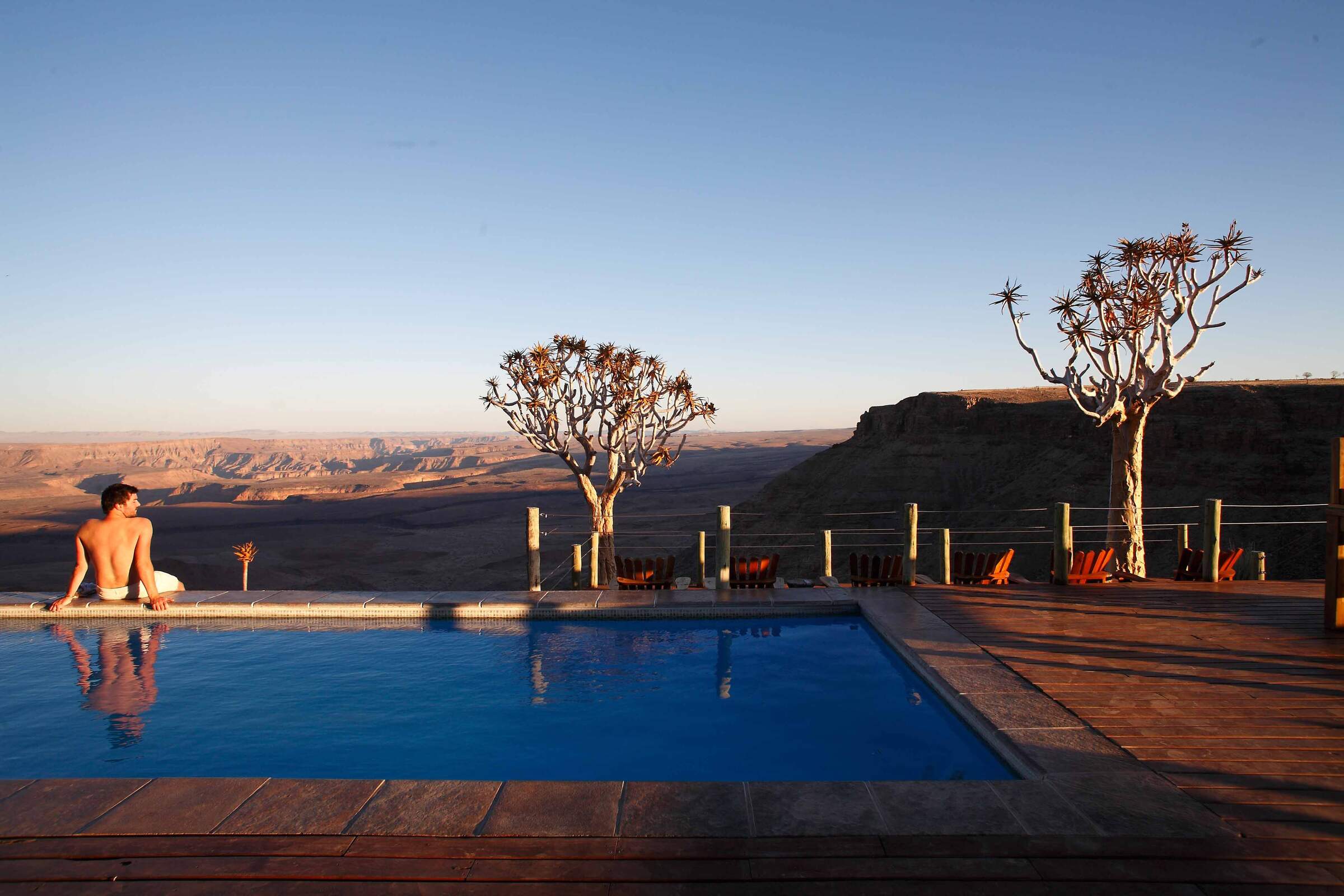
Fish River Lodge
For those after more serious walking in Namibia, Fish River Lodge offers a 74km guided canyon hike during between Apr– Oct. With an experienced guide and chef, the first night is spent at the lodge, with 3 nights camping and 4 days hiking.
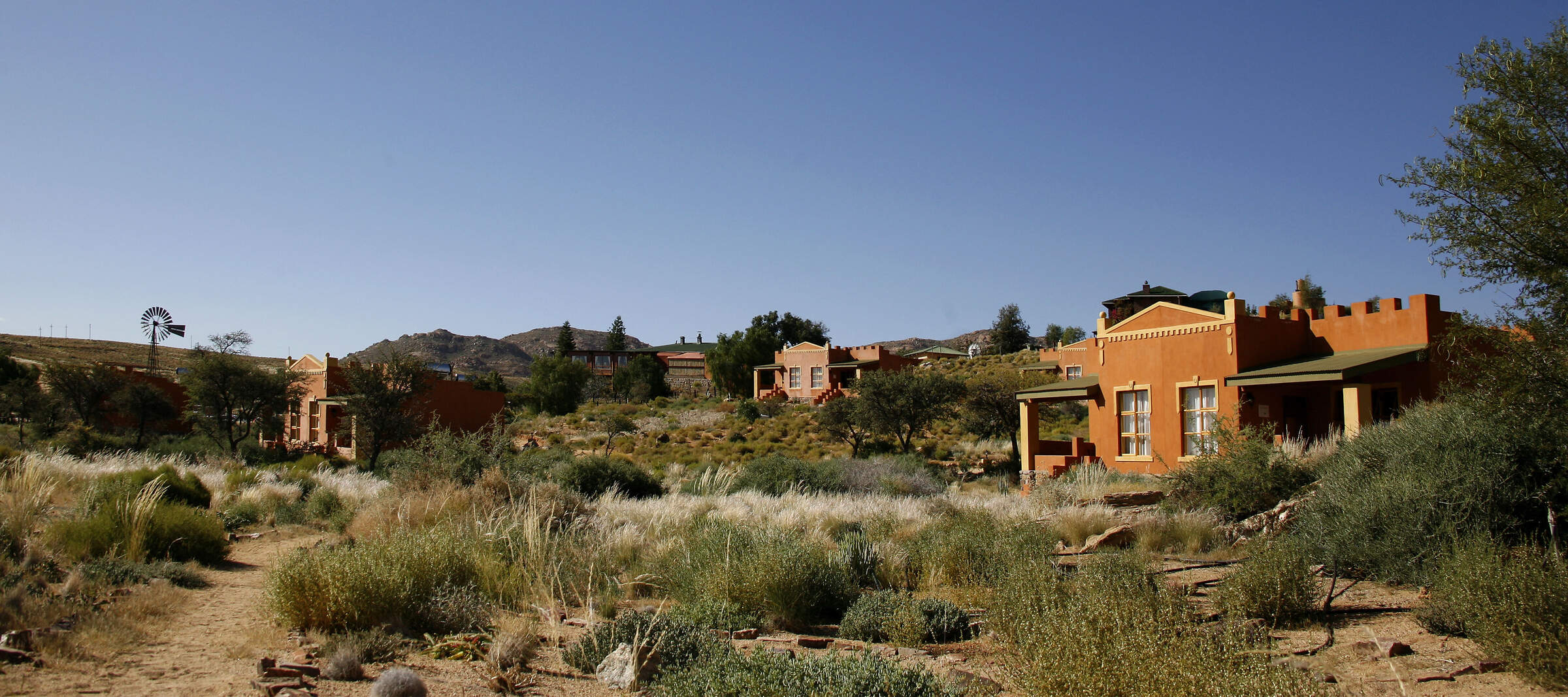
Desert Horse Inn
Klein-Aus Vista reserve has seven walking trails, ranging from 4km to just over 20km, so makes a good choice for guests interested in hiking in Namibia. Note that April to mid October, when it is cooler, is the ideal time for hiking.
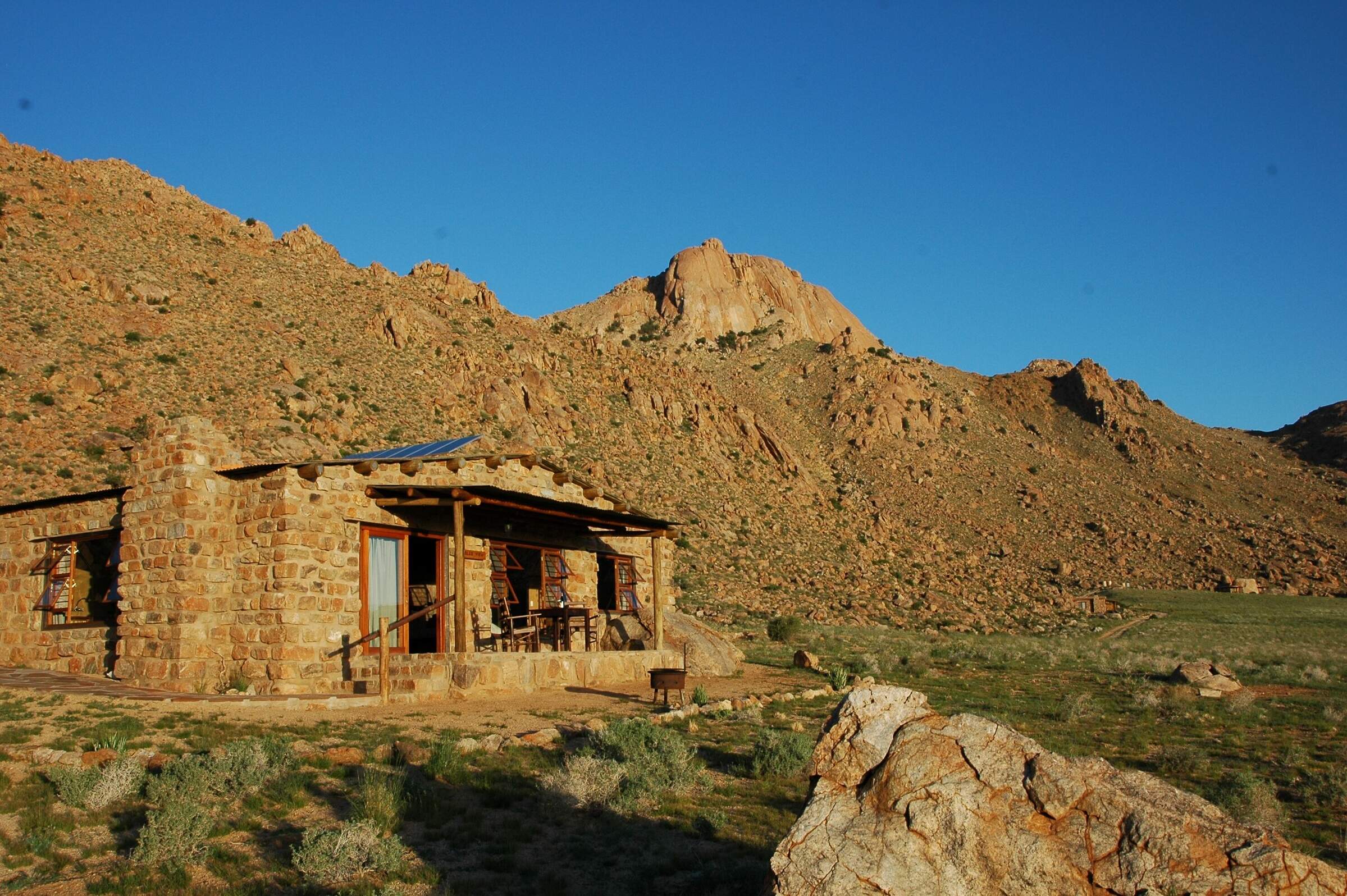
Eagle's Nest
Set in beautiful surroundings, the Klein-Aus Vista reserve is a great place for walking in Namibia. From Eagles Nest, guests have the option of seven self-guided walking trails, ranging from around 4km to just over 20km.
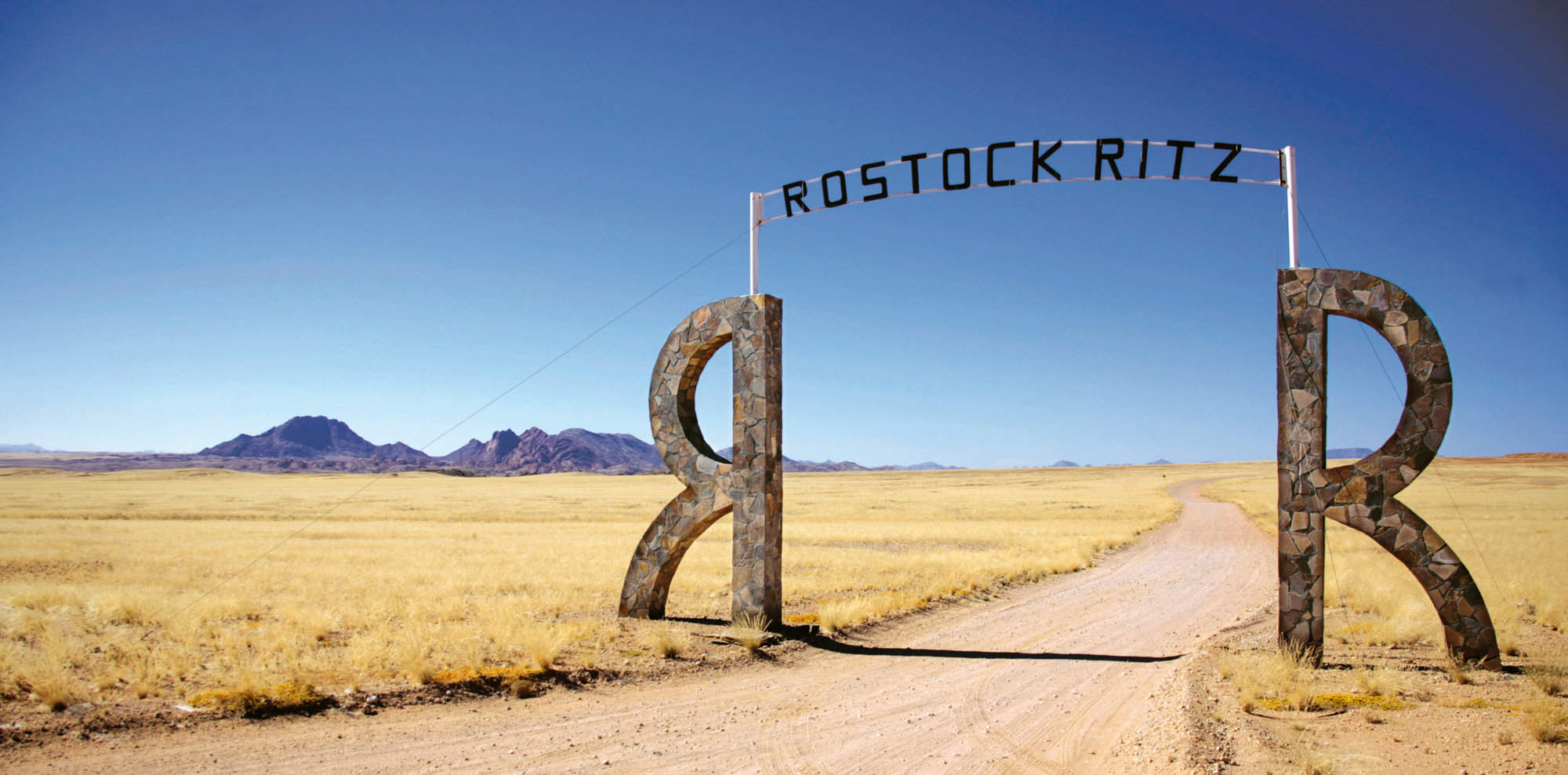
Rostock Ritz
Rostock Ritz offers some lovely walking in Namibia, with over 60km of self-guided trails of varying lengths and difficulty. Walking here you can enjoy the Namib Desert, gravel plains, mountain ranges and deep canyons.
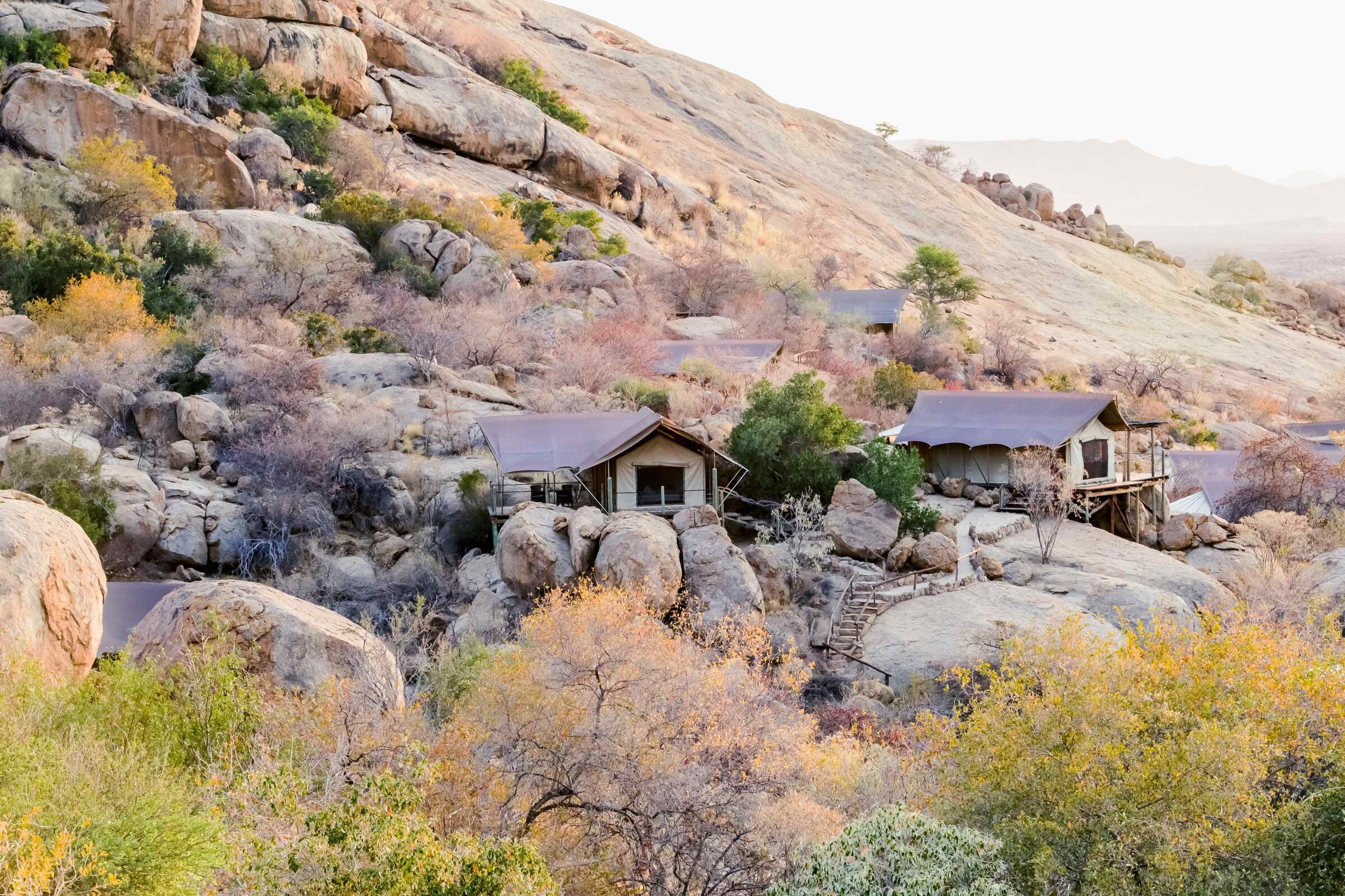
Ondudu
The walking opportunities from Ondudu Safari Lodge rank amongst the best in Namibia. The vast rocky landscape is easily explored on guided or self-guided walking trails and the views are certainly worth the effort.
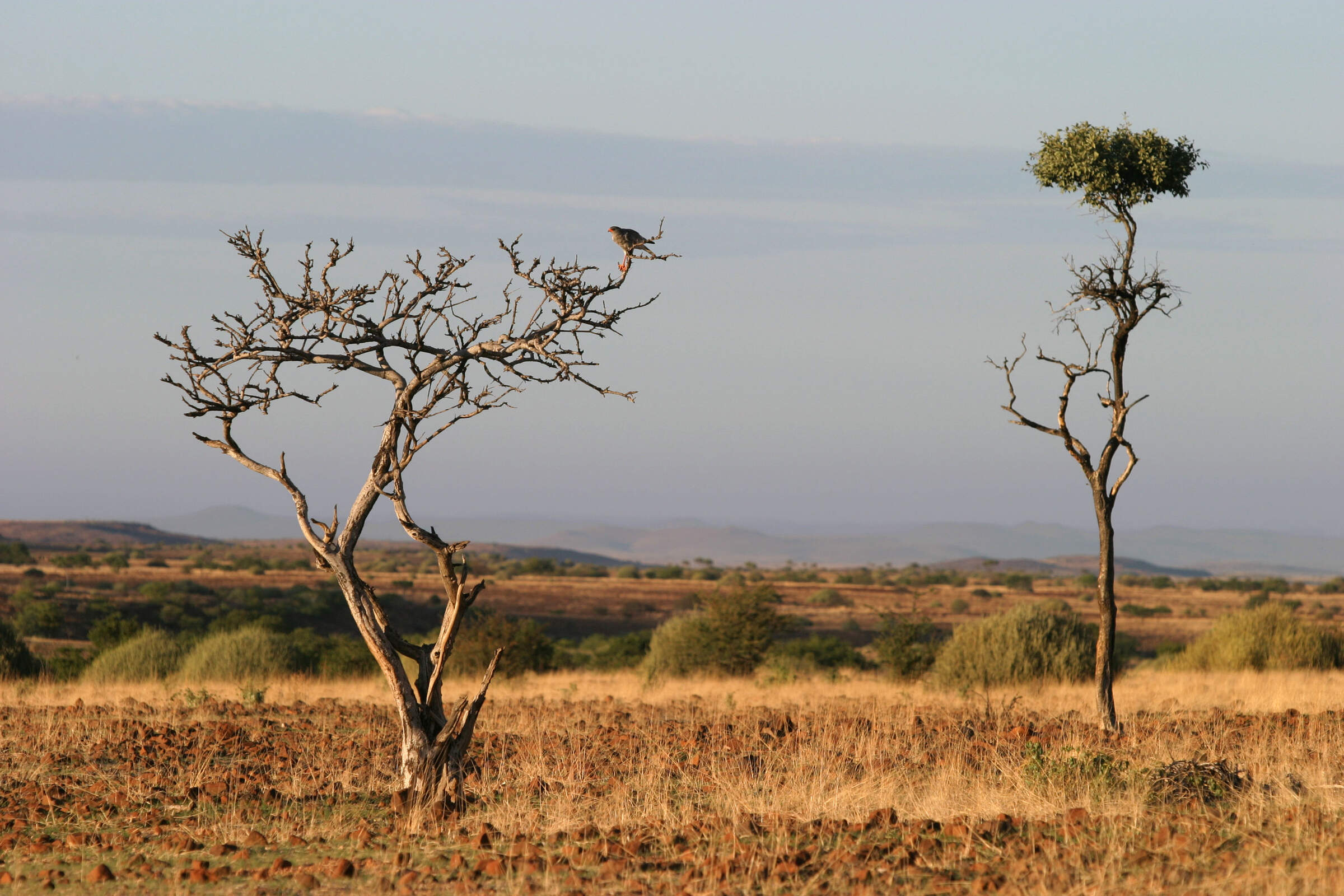
Etendeka Camp
Etendeka is a great base for walking in Namibia. A normal day at the camp might include a 2–4 hour walk, an afternoon game drive, and possibly a short hike up one of the area's mountains.
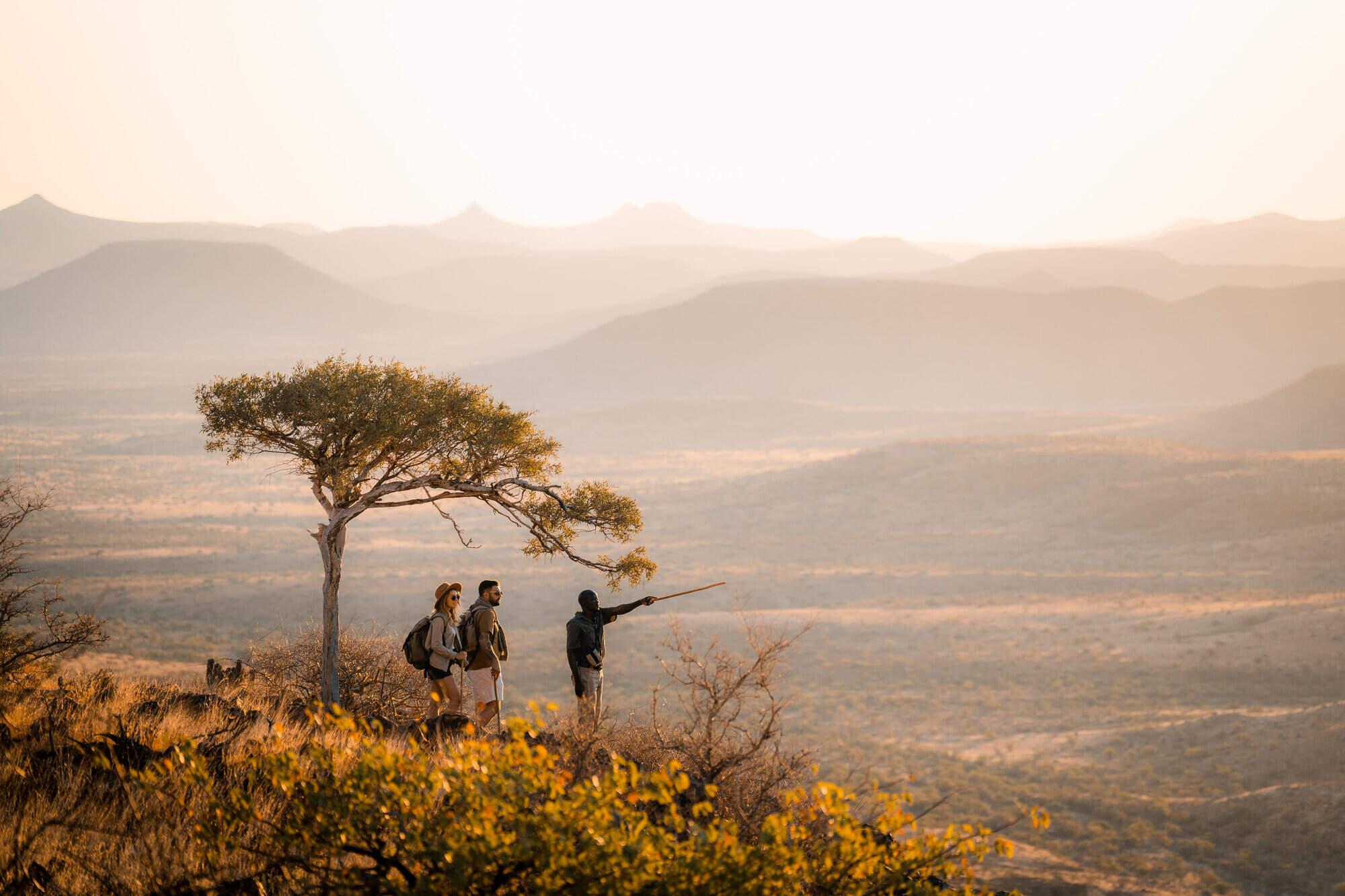
Etendeka Hiking Trail
The stunning scenery, expert guiding and raw wilderness experience of the Etendeka Walking Trail promises to be one of the most challenging and rewarding hiking experiences in Namibia.
Scenic walking & hiking elsewhere in Africa
Our top ideas and inspiration for Scenic walking & hiking in other countries.
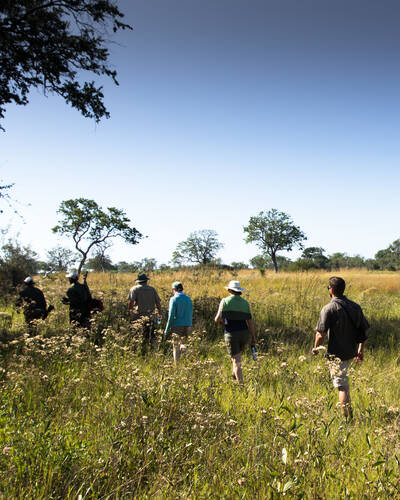
Botswana
The wildlife in Botswana is free to move across the country, which creates ample opportunity for ...
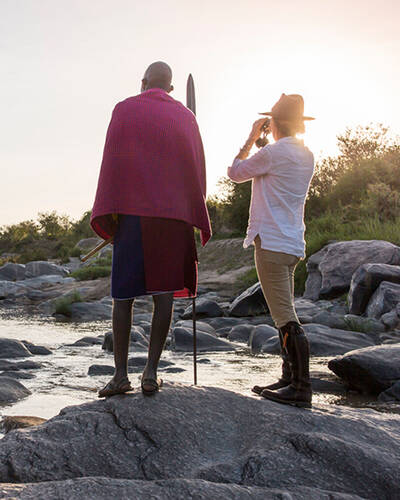
Kenya
Walking safaris in Kenya are a big part of its appeal, with the Mara Conservancies and Laikipia ...
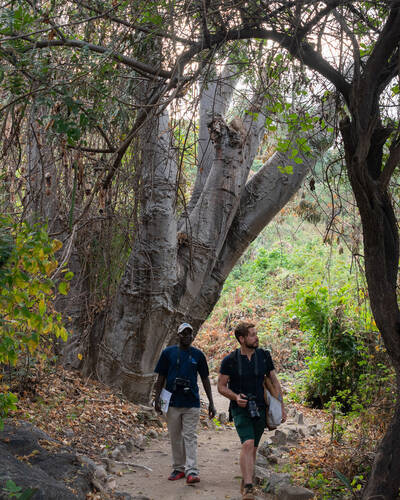
Malawi
The options for walking on holiday in Malawi vary from gentle town strolls to more extensive nature ...
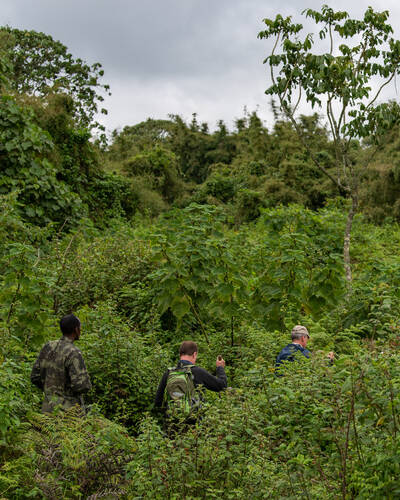
Rwanda
Walking in Rwanda is usually based around the spectacular gorilla trekking in Volcanoes National Park...
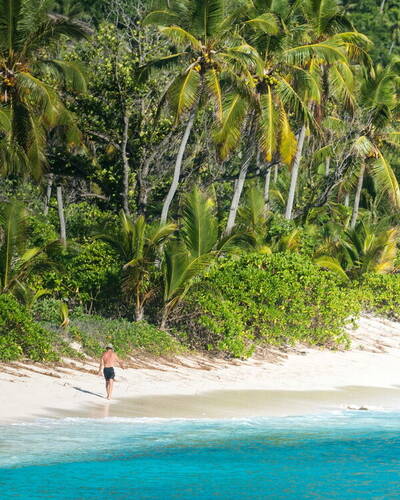
Seychelles
The sound of waves crashing on the shoreline, palm-fringed beaches and panoramic views over the ...
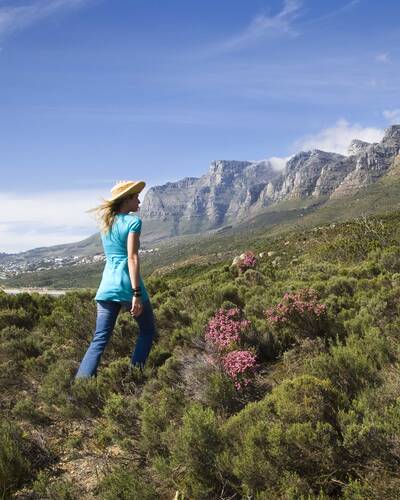
South Africa
South Africa boasts a variety of walking opportunities: gentle strolls along sandy beaches, self-guided ...
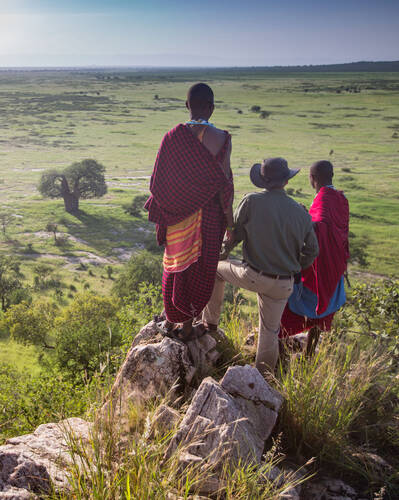
Tanzania
In Tanzania the walking is especially good in the area surrounding the Ngorongoro Crater, ranging ...
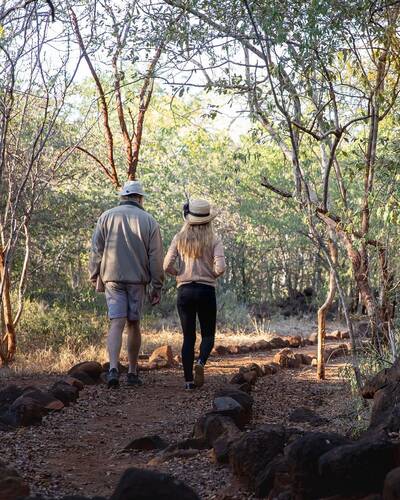
Zambia
With expertly trained guides and high concentrations of wildlife, Zambiais one of Africa's best ...
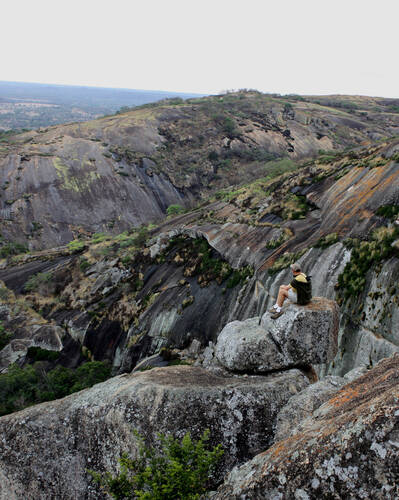
Zimbabwe
Take a walk on the wild side and explore Zimbabwe and its stunning scenery on foot. There are great ...
Where to see wildlife species in Namibia
Maximise the chances of seeing your favourite animals based on traveller sightings reports from the field.
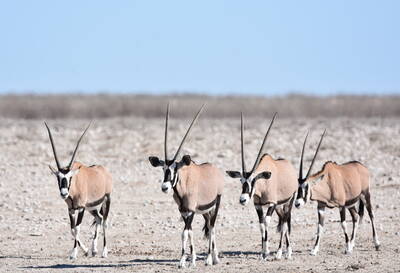
Oryx
Oryx sp.
Oryx are impressive antelopes, with a powerful physique and elegant markings set off by rapier-like horns. They cut a distinctive dash in some of Africa’s harshest landscapes.
69% SUCCESS
1,635 sightings from 2,380 observations
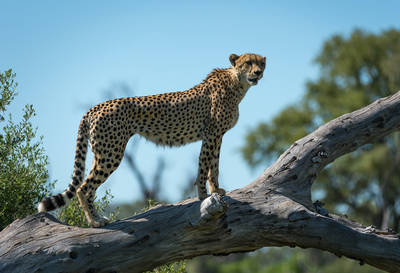
Cheetah
Acinonyx jubatus
The cheetah is the fastest land animal and the only cat that hunts by pure speed. Found largely in open grasslands, its slim, elegant form is today an increasingly rare sight.
33% SUCCESS
1,313 sightings from 3,945 observations
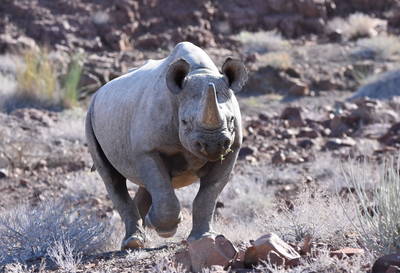
Black Rhino
Diceros bicornis
The black rhino is the smaller and rarer of Africa’s two rhino species but has the more fearsome reputation. Shy and heavily persecuted, it tends to stick to cover.
30% SUCCESS
766 sightings from 2,550 observations
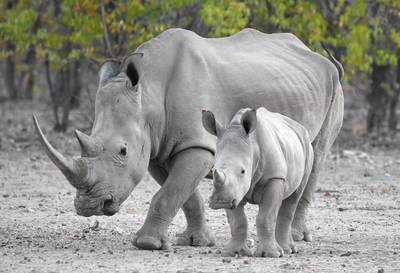
White Rhino
Ceratotherium simum
The white rhino is the largest and most numerous of the world’s five rhinoceros species. They are larger, easier to see and generally more approachable than the black rhino.
44% SUCCESS
629 sightings from 1,444 observations
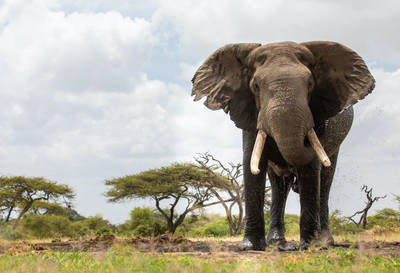
Elephant
Loxodonta africana
By far the biggest of the so-called Big Five – indeed, the largest land animal on the planet – the elephant shapes the very landscape it inhabits and is a defining presence on any safari.
91% SUCCESS
4,526 sightings from 4,976 observations
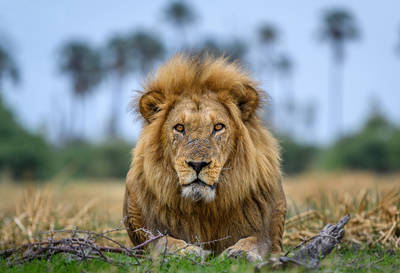
Lion
Panthera leo
Lions are at the top of the food chain and also most safari wish-lists, but with their numbers falling fast, any encounter with these majestic apex predators always feels like a privilege.
81% SUCCESS
3,752 sightings from 4,635 observations
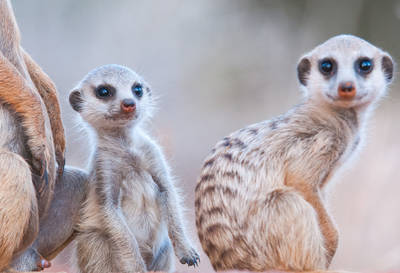
Meerkat
Suricata suricatta
These highly sociable little mammals have an endearing appearance and comical antics. Found in the drier areas of Southern Africa, close encounters are a sought-after experience.
20% SUCCESS
104 sightings from 522 observations
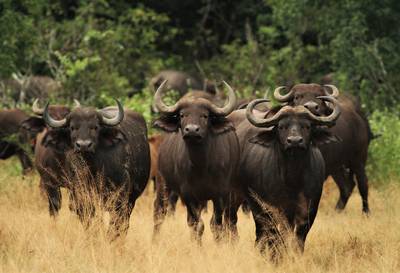
Buffalo
Syncerus caffer
One of the ‘Big Five’, buffalo earned a fearsome reputation in hunters’ tales. By contrast, big herds of these sociable bovids are placid, but mount formidable defences against predators.
83% SUCCESS
3,157 sightings from 3,811 observations
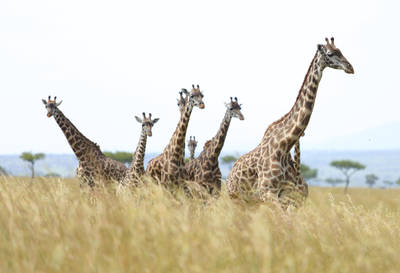
Giraffe
Giraffa camelopardalis
The world’s tallest land mammal, giraffes are herbivores which have evolved many unique adaptations. Their iconic outlines tower above the bush in many of Africa’s wildlife areas.
86% SUCCESS
4,362 sightings from 5,094 observations
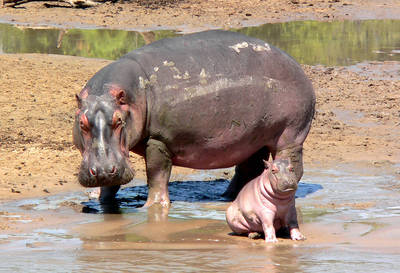
Hippo
Hippopotamus amphibius
The territorial calls of the hippo create a signature soundtrack to Africa’s rivers & wetlands. Despite an endearing smile, this aquatic herbivore has a notoriously aggressive disposition.
89% SUCCESS
3,296 sightings from 3,696 observations
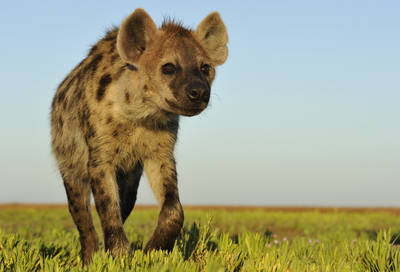
Spotted Hyena
Crocuta crocuta
The spotted hyena may be thought of as ‘ugly’ and ‘cowardly’. In fact, this versatile and intelligent carnivore is one of Africa’s most fascinating and warrants attention on any safari.
55% SUCCESS
2,674 sightings from 4,894 observations
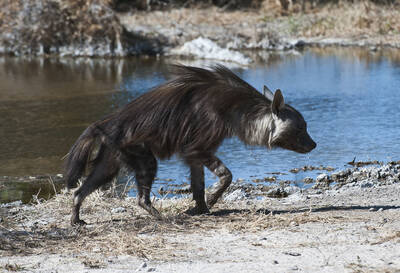
Brown Hyena
Parahyaena brunnea
This largely solitary scavenger is one of the more elusive and little-known of Africa’s carnivores. Shaggier than its spotted cousin, it occurs only in the arid southwest of the continent.
15% SUCCESS
297 sightings from 1,917 observations
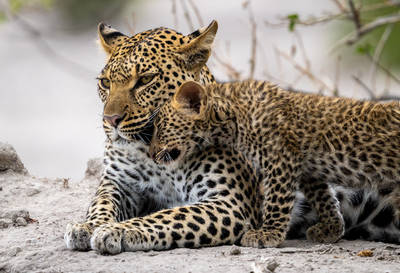
Leopard
Panthera pardus
The most numerous of Africa’s big cats, leopard occur across many habitats, from wild tracts to populated areas. Their grace and their elusive nature make them a unique safari drawcard.
47% SUCCESS
2,417 sightings from 5,144 observations
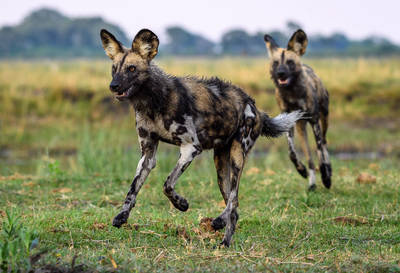
Wild dog
Lycaon pictus
African wild dogs are among the continent’s most compelling animals. Much misunderstood, these rare, tie-dyed canids are amazingly efficient hunters with a fascinating social life.
32% SUCCESS
1,073 sightings from 3,391 observations
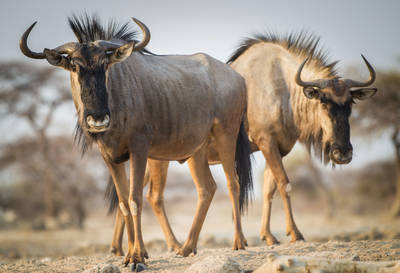
Wildebeest
Connochaetes sp.
Superficially bovine in appearance, wildebeests are known for their spectacular migrations sometimes in huge numbers. These resilient animals are some of Africa’s most successful herbivores.
67% SUCCESS
3,065 sightings from 4,544 observations
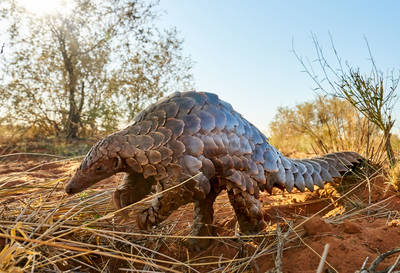
Pangolin
Smutsia sp.
Pangolins appear to be more pine cone than animal in their unique armoury of scales. These nocturnal, ant-eating oddities are not only highly elusive but also increasingly rare.
2% SUCCESS
70 sightings from 4,111 observations
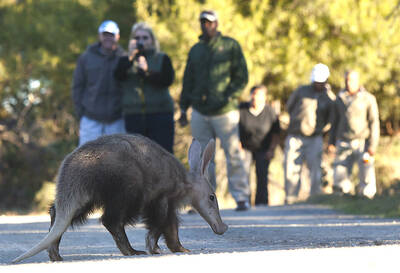
Aardvark
Orycteropus afer
The aardvark is one of Africa’s most bizarre and enigmatic animals. A shy, nocturnal termite-eater, signs of its presence may be scattered about the bush whilst sightings remain elusive.
2% SUCCESS
83 sightings from 4,066 observations
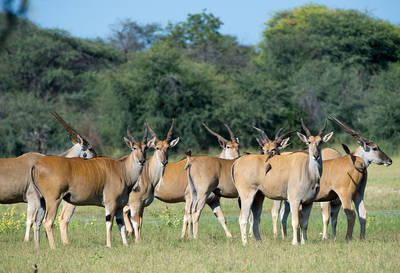
Eland
Taurotragus oryx
Africa’s largest antelope, eland are culturally important from prehistoric rock art to modern game farms. Though widespread, they are also shy so sightings are uncommon and often fleeting.
49% SUCCESS
1,788 sightings from 3,630 observations
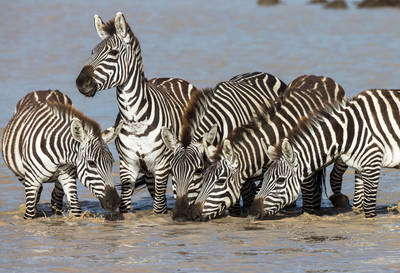
Zebra
Equus sp.
The zebra is a quintessential African animal: the horse in stripy pyjamas at the end of every child’s A–Z. There are three species, of which the plains zebra is much the most common.
84% SUCCESS
4,749 sightings from 5,650 observations
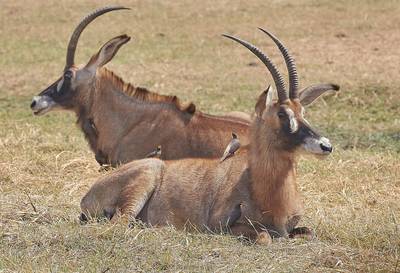
Roan antelope
Hippotragus equinus
Africa’s second largest antelope and one of its most handsome, with a powerful build and distinctive markings, roan are wary of people, but renowned for their bravery against predators.
25% SUCCESS
612 sightings from 2,486 observations
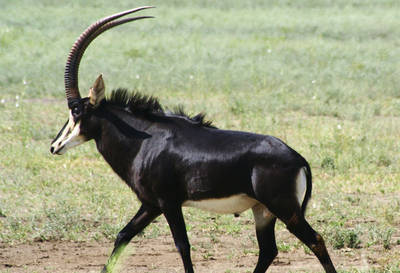
Sable antelope
Hippotragus niger
Perhaps Africa’s most beautiful antelope, sable are renowned for their combative nature, even holding off lions. Shy and restricted in range, sightings of sable are always special.
24% SUCCESS
593 sightings from 2,501 observations
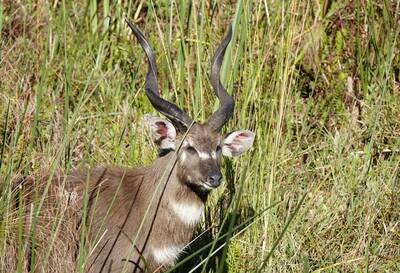
Sitatunga
Tragelaphus spekii
The sitatunga is the most aquatic of Africa’s antelopes and specially adapted to its swampy habitats. Though widespread across Africa, only a handful of places offer reliable sightings.
19% SUCCESS
82 sightings from 430 observations

Looking for inspiration on where to travel next?
Visit our trip chooser to explore your options and find inspiration for your perfect African adventure
Inspire meOther styles of holiday in Namibia
Discover all that Namibia has to offer
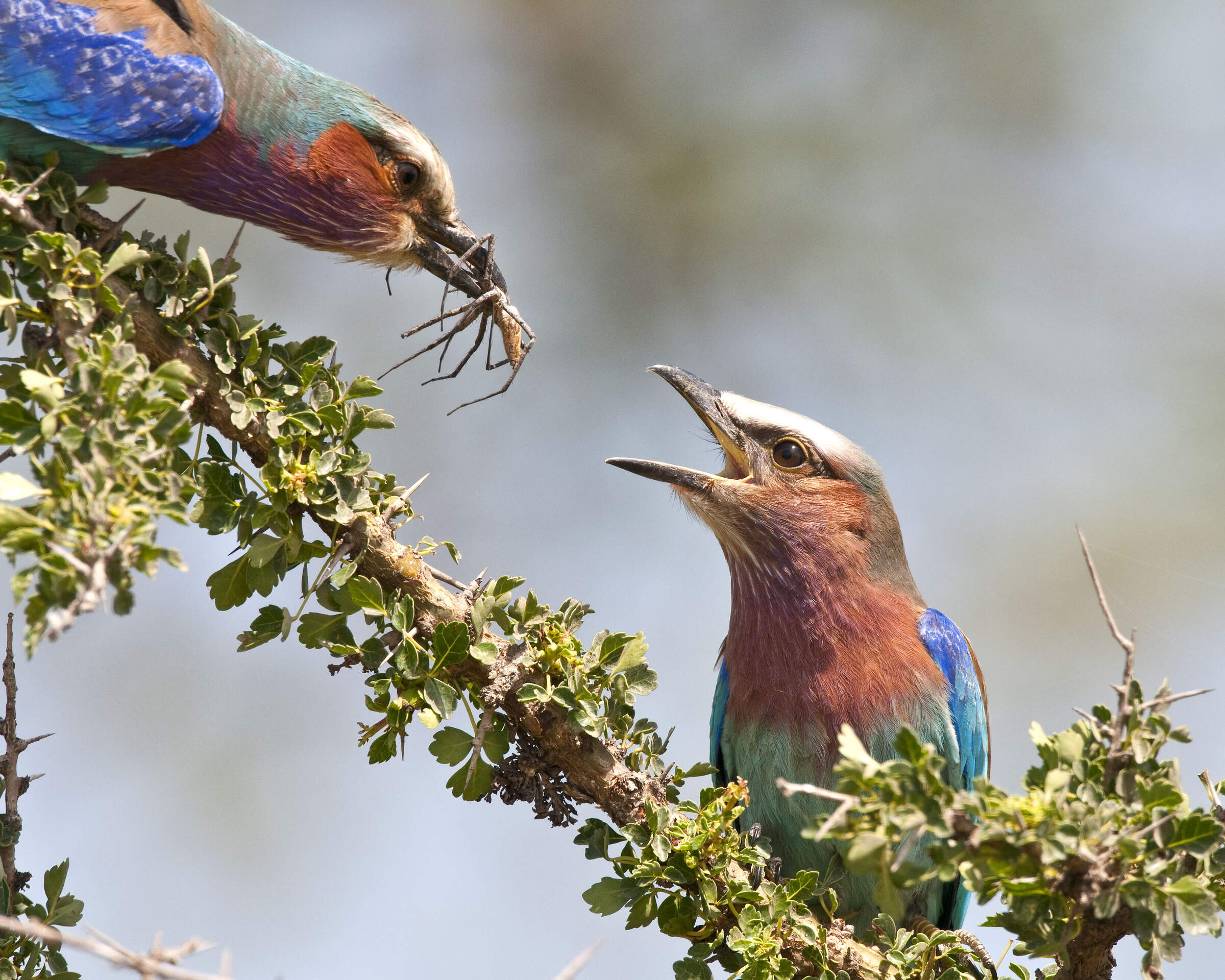
Birdwatching safaris
Diverse habitats, discreet hides and superb guiding.
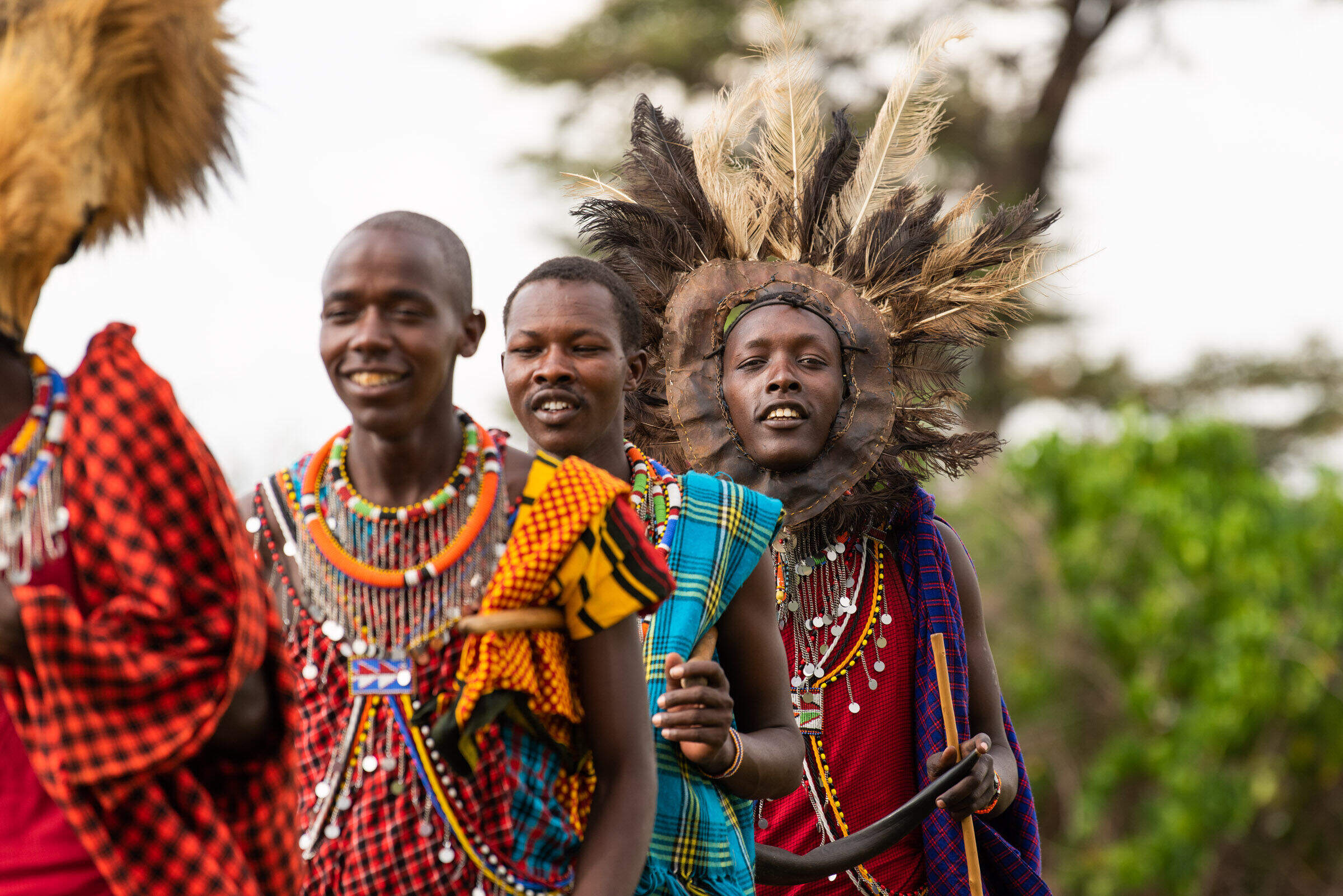
Cultural Experiences
Get authentic insight into Africa's cultures, communities and history.
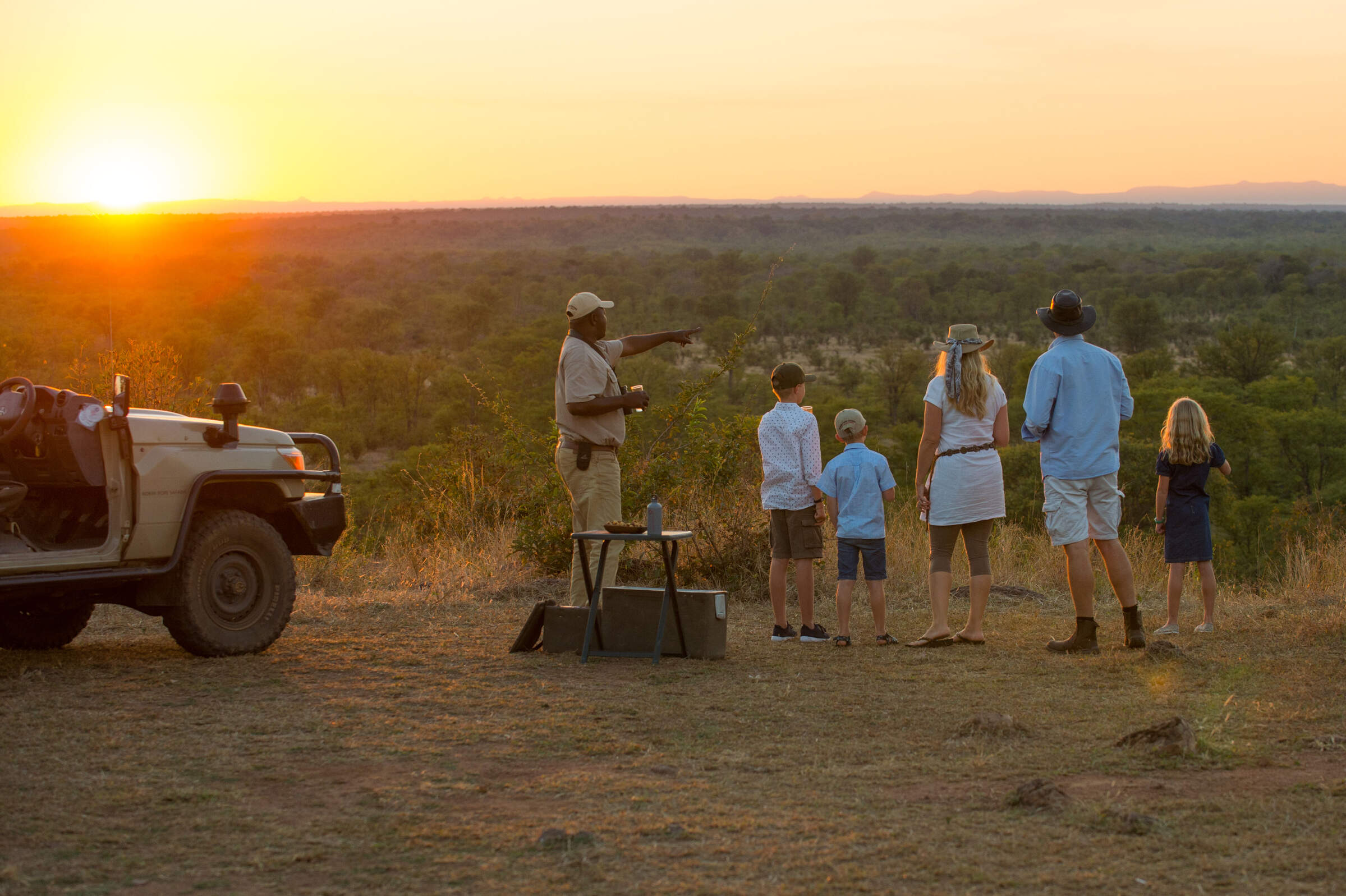
Family safaris
Our collection of incredible family safaris
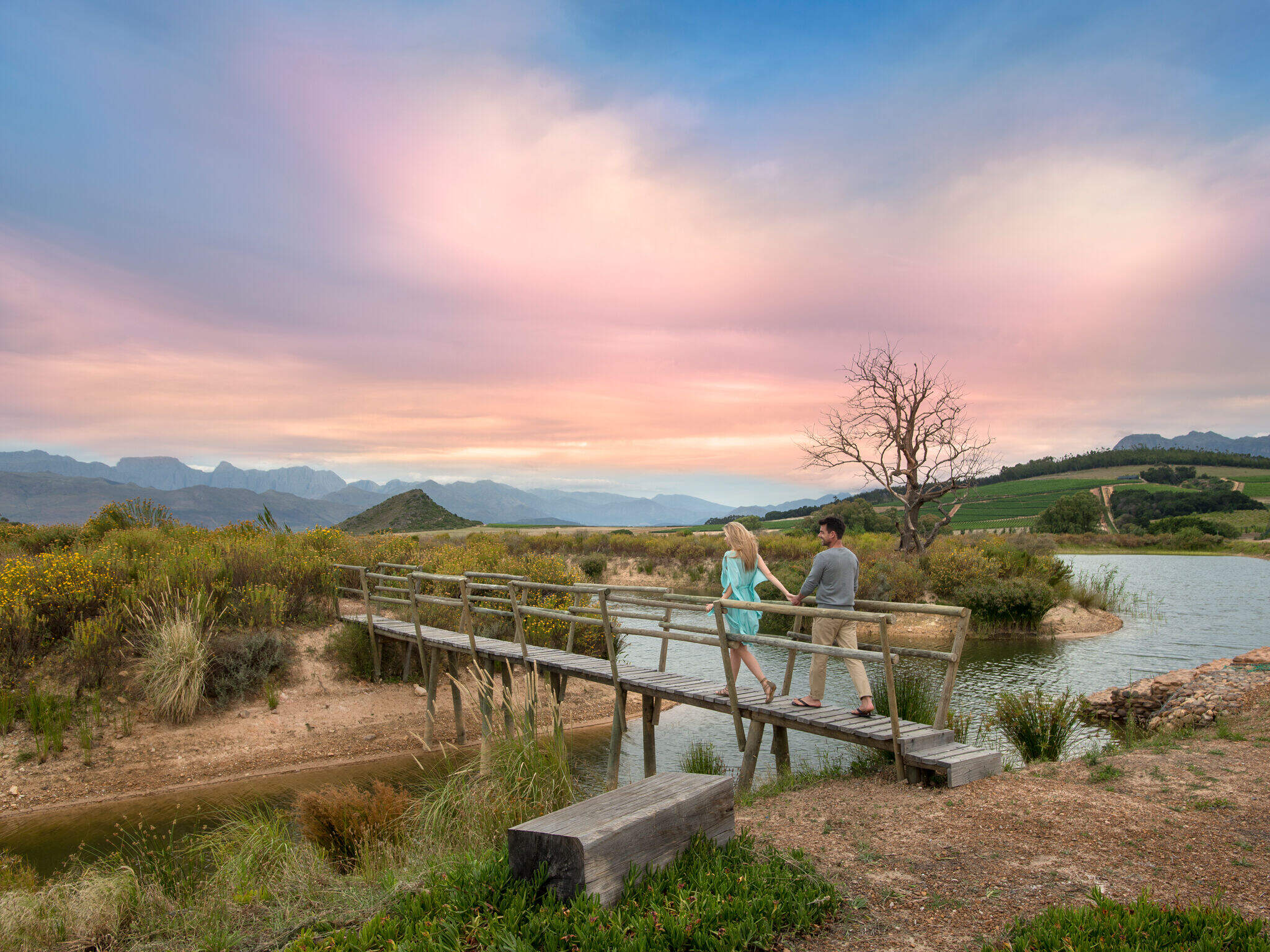
Honeymoons
Romantic safaris and castaway island retreats.
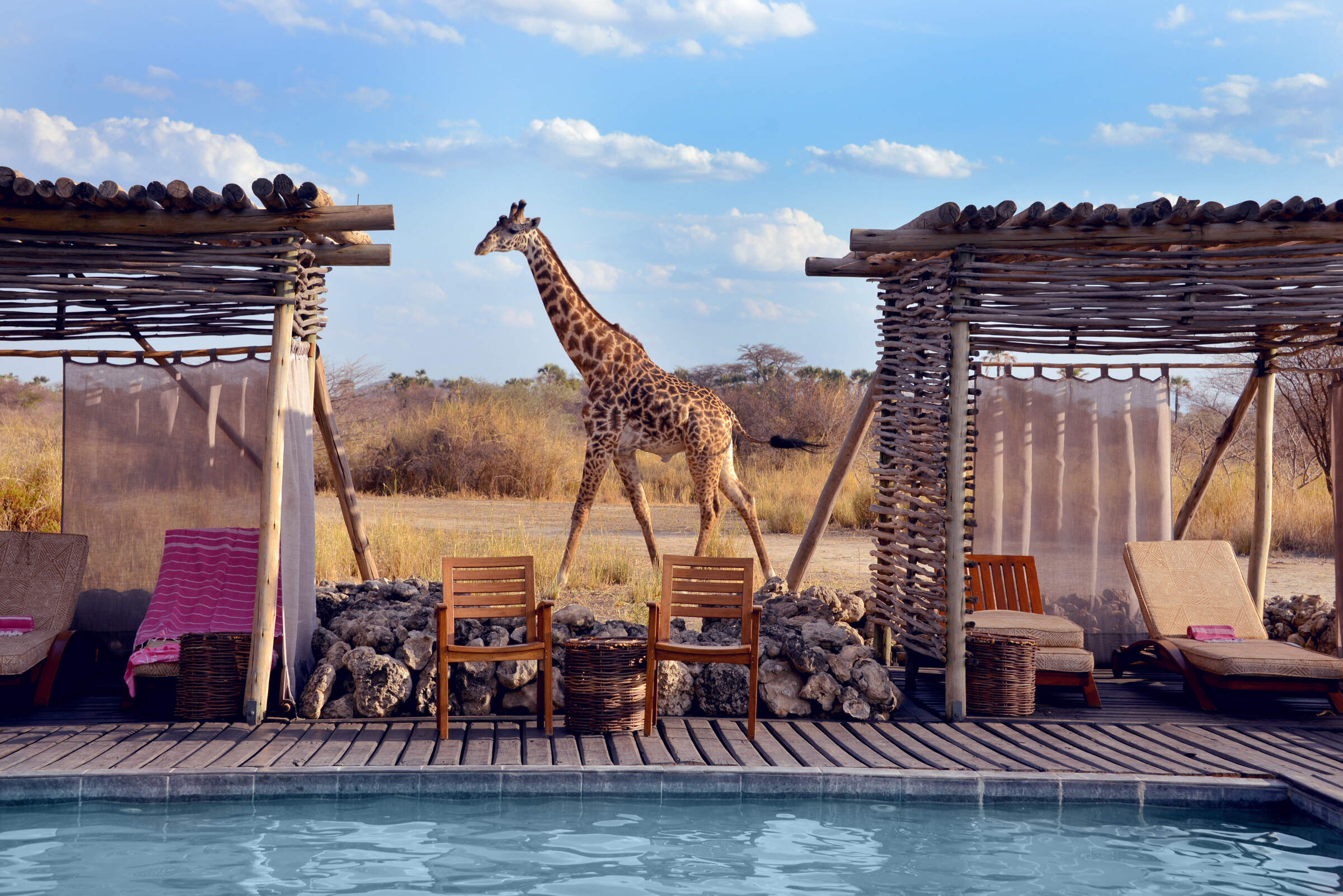
Luxury safaris
First-class service, scenic vistas and unparalleled comfort await you during these carefully selected luxury holidays.
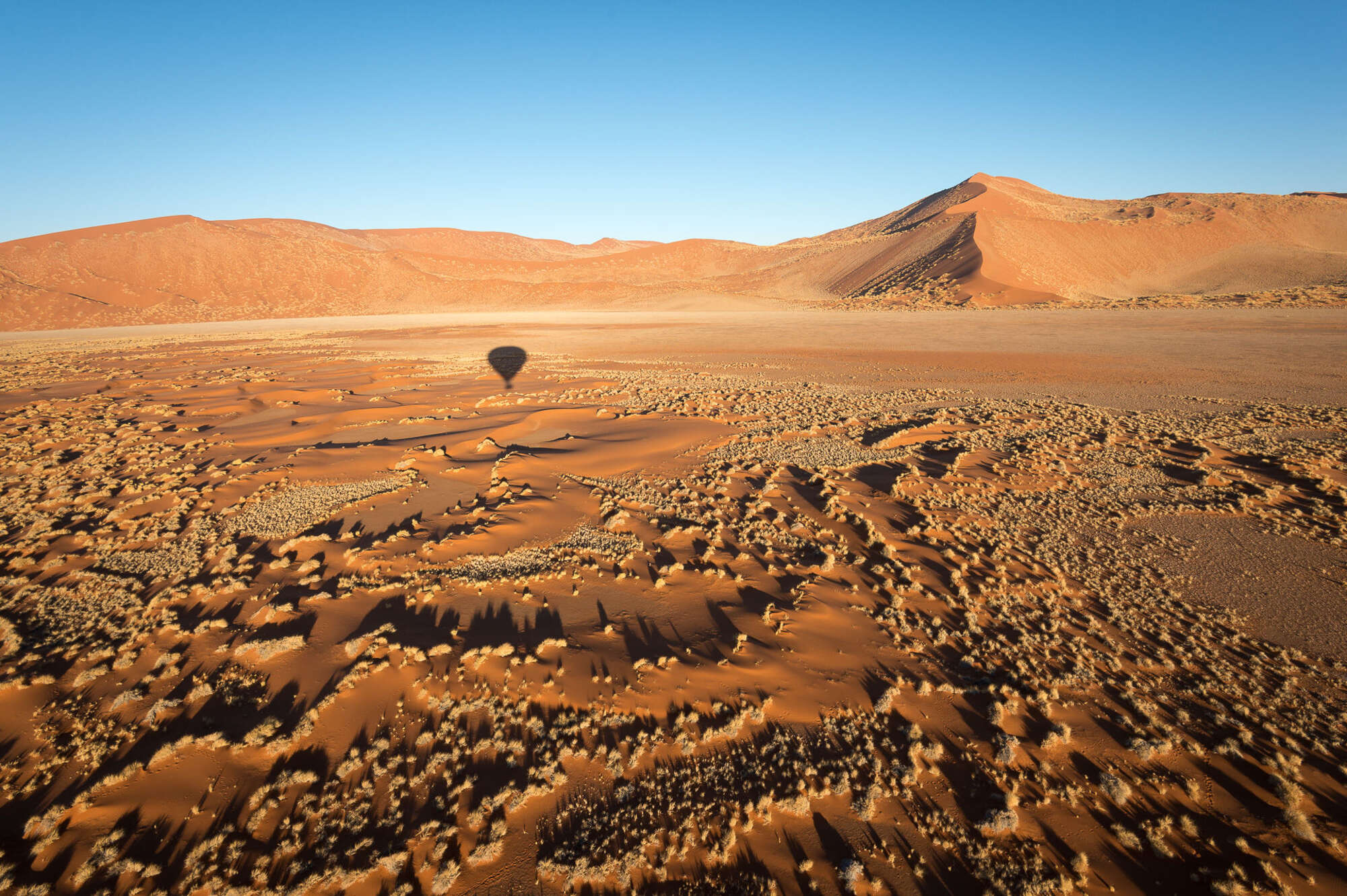
Photography safaris
Great holidays to suit the keen photographer.
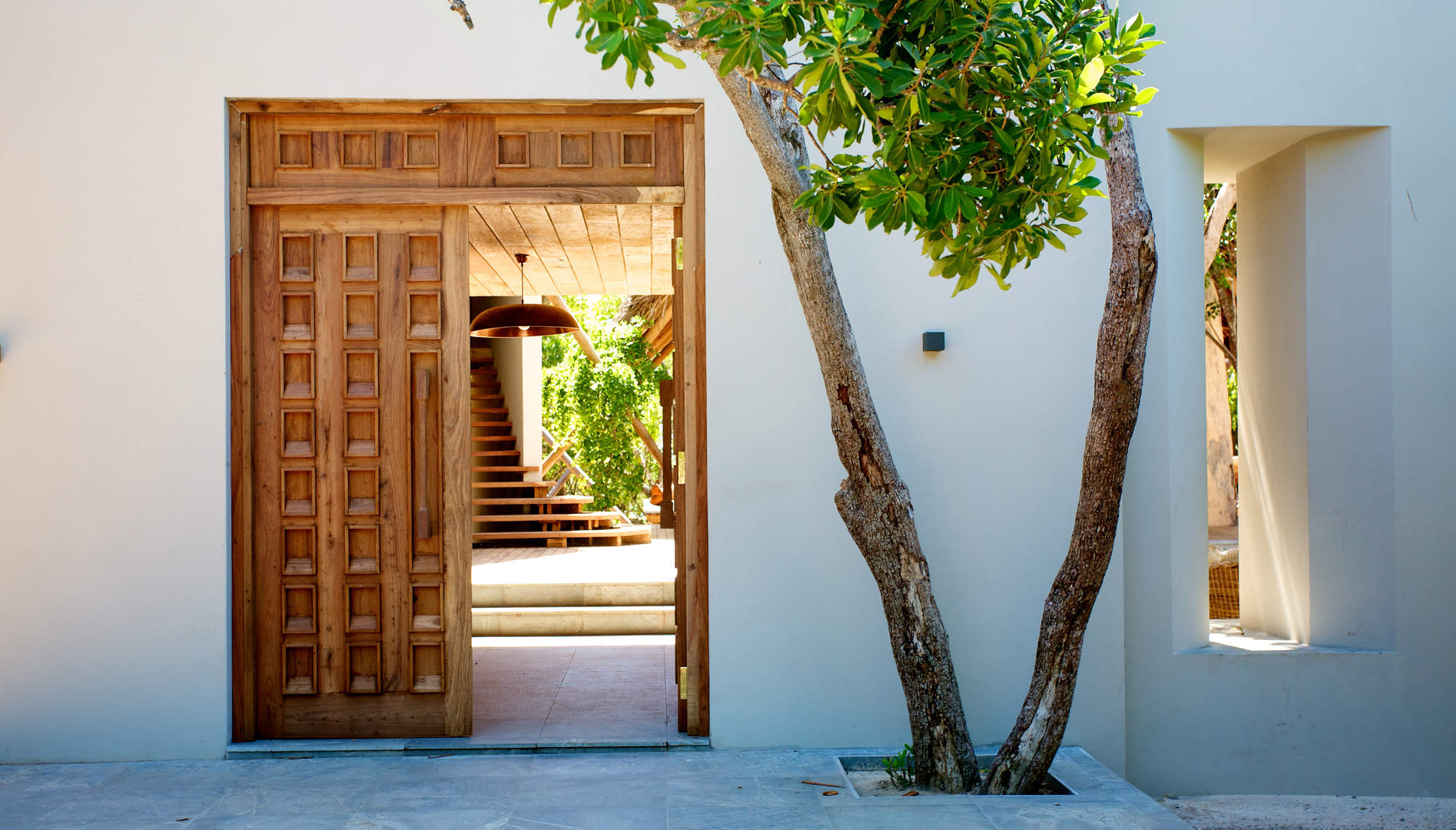
Private safari camps & lodges
Enjoy Africa with just your friends & family
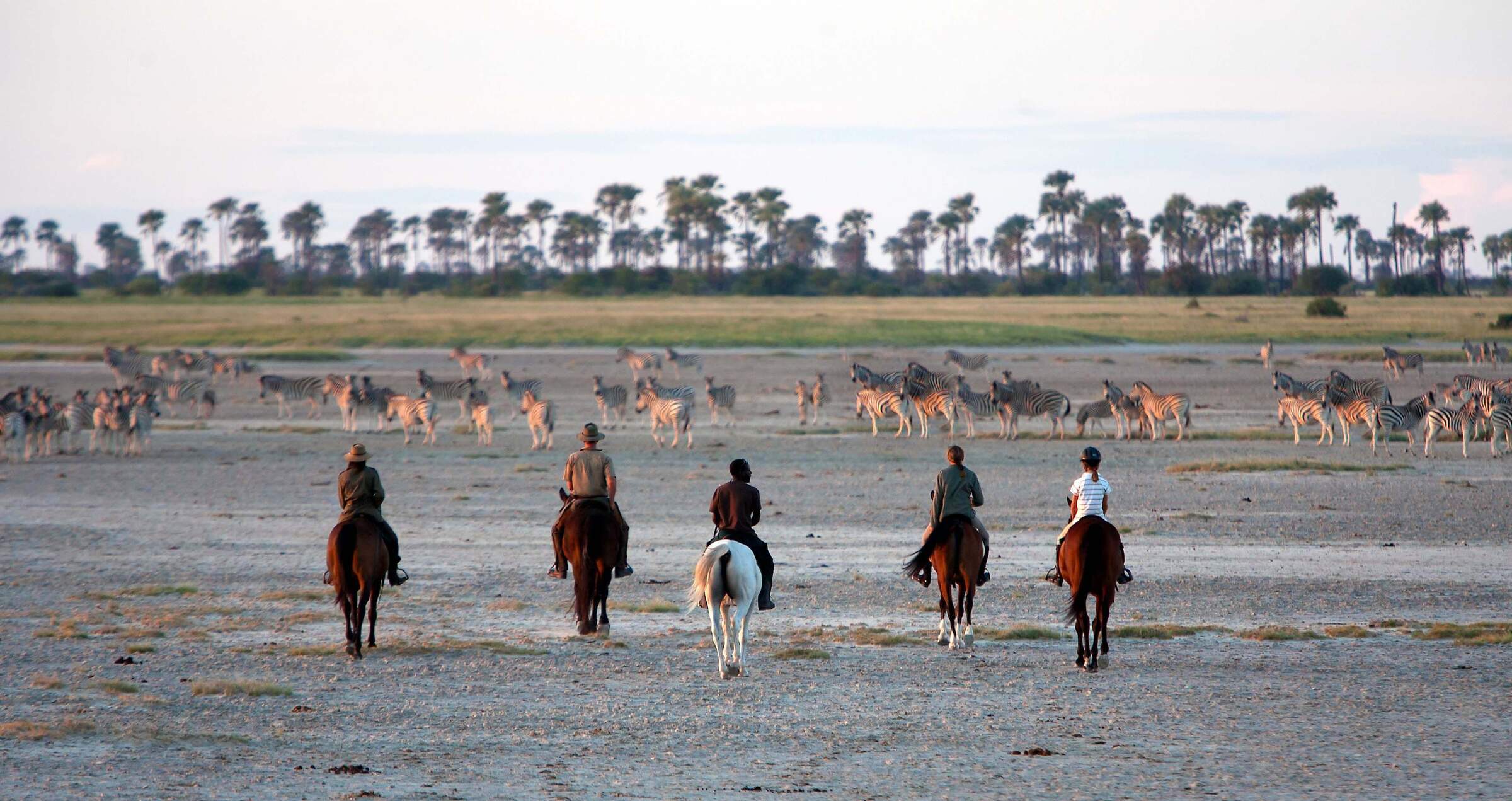
Riding safaris
Explore Africa's wilderness on horseback.
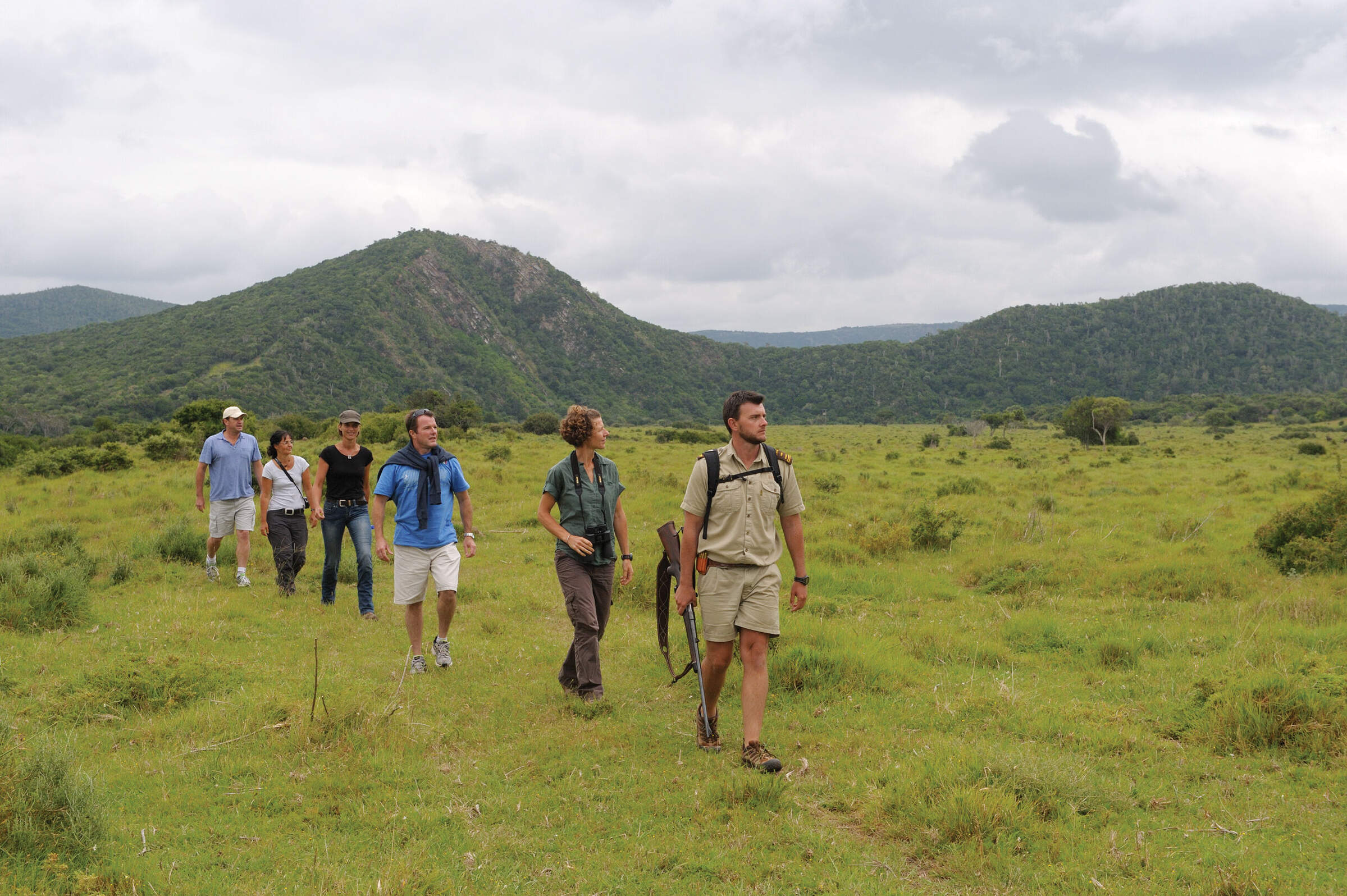
Scenic walking & hiking
Explore Africa's most scenic hiking trails on foot, with or without a guide.
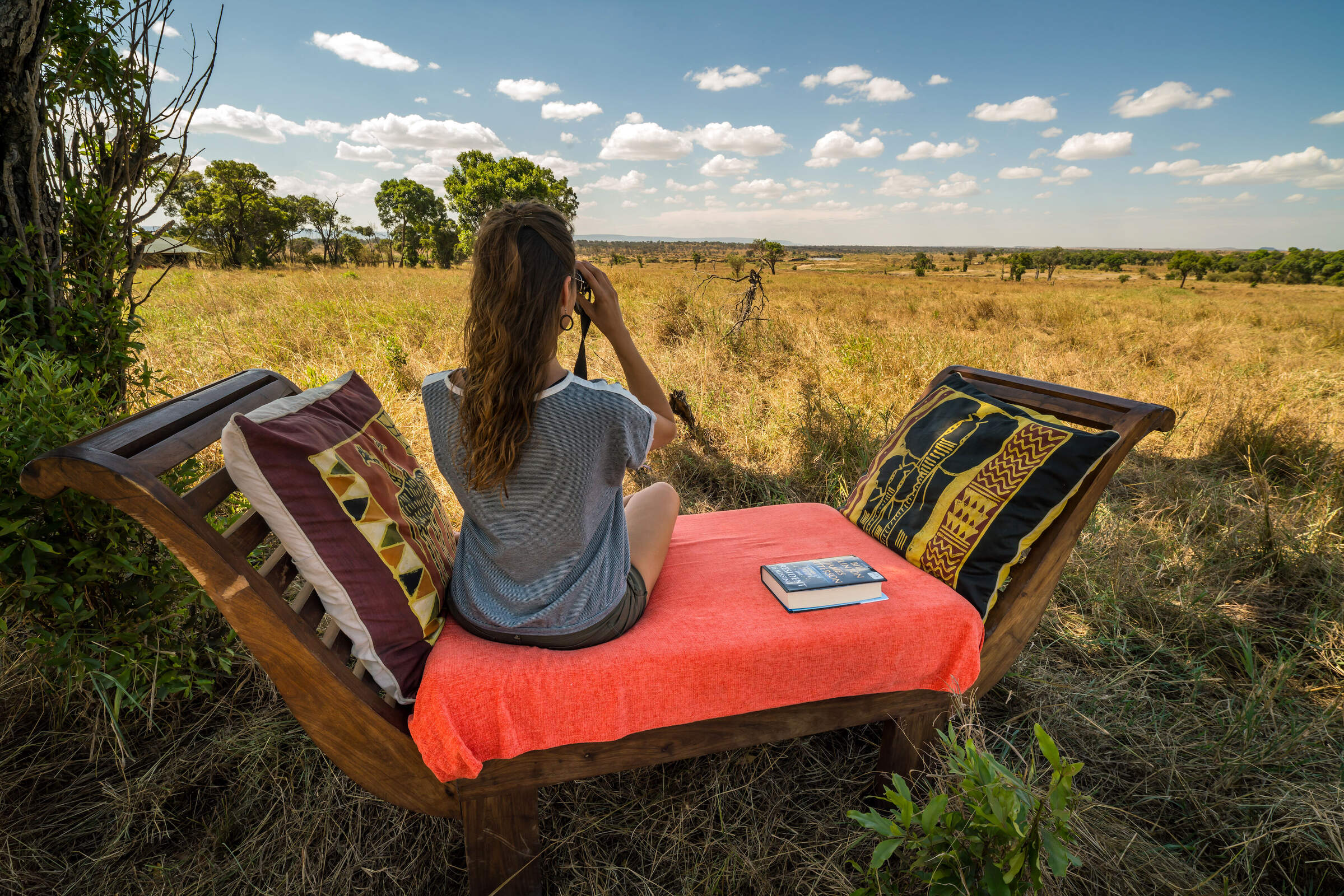
Solo safaris
Trip ideas ideally suited for a solo traveller.
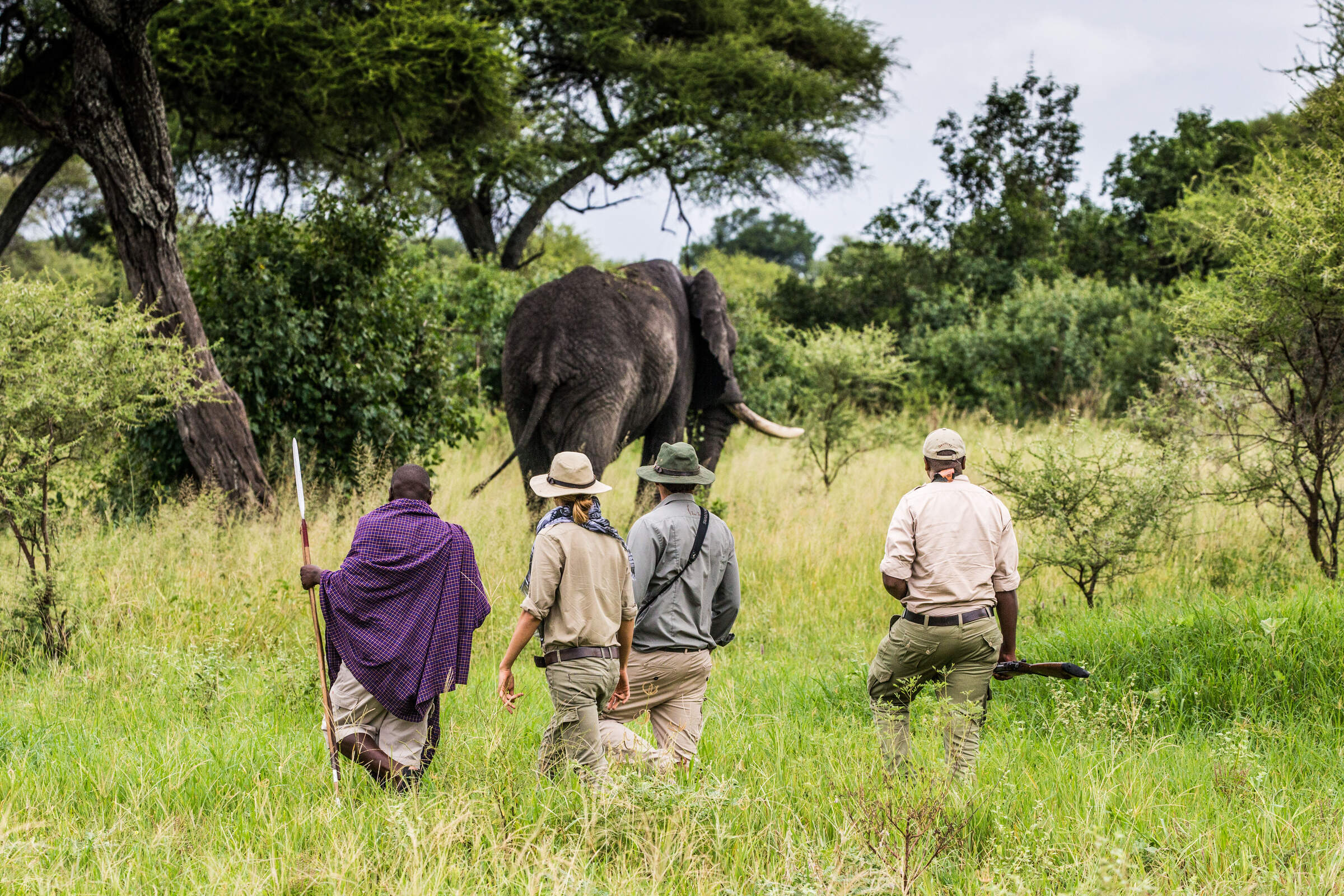
Walking safaris
Discover Africa's wildlife and wilderness on foot.
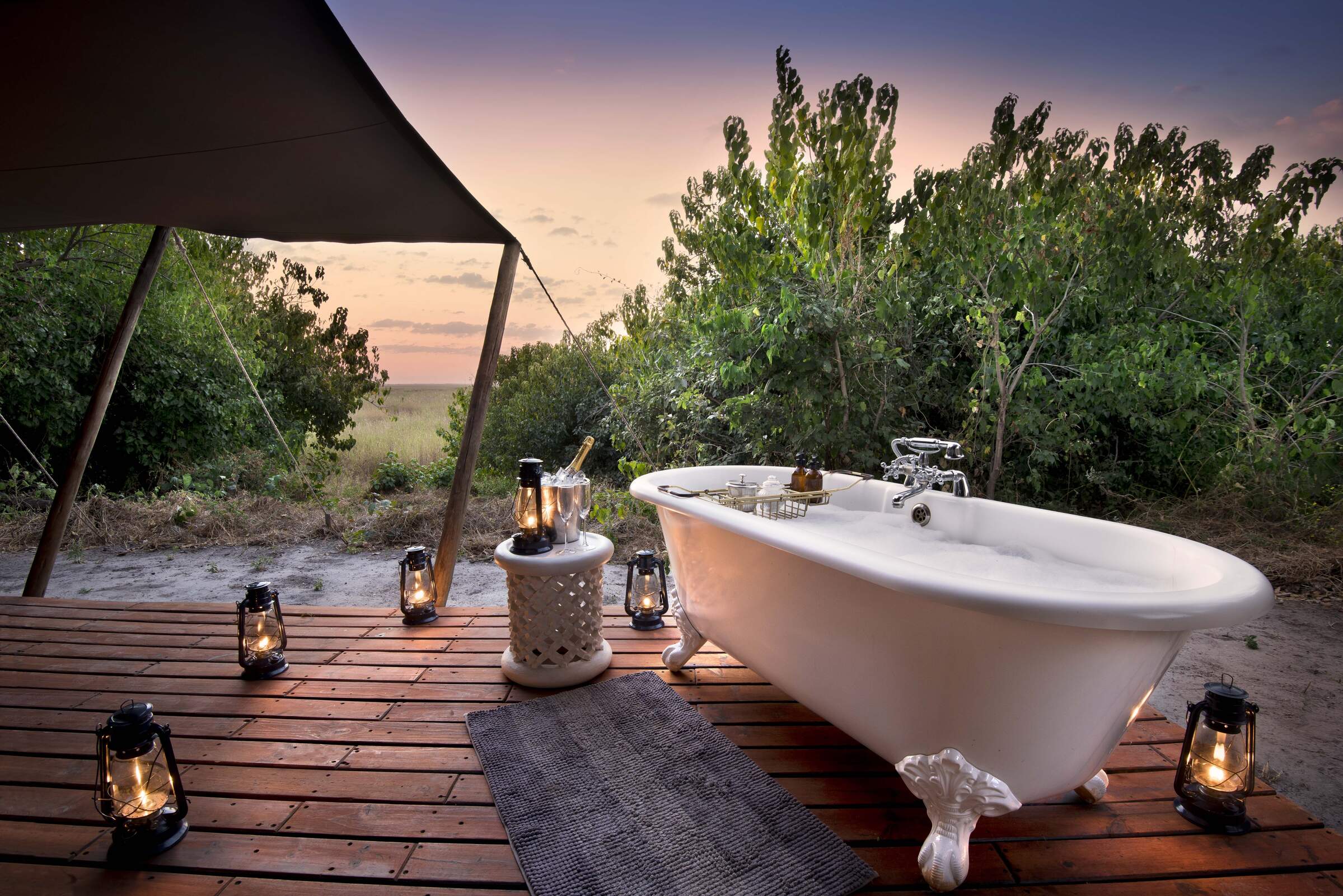
Wellbeing retreats
Wellness escapes in stunning locations
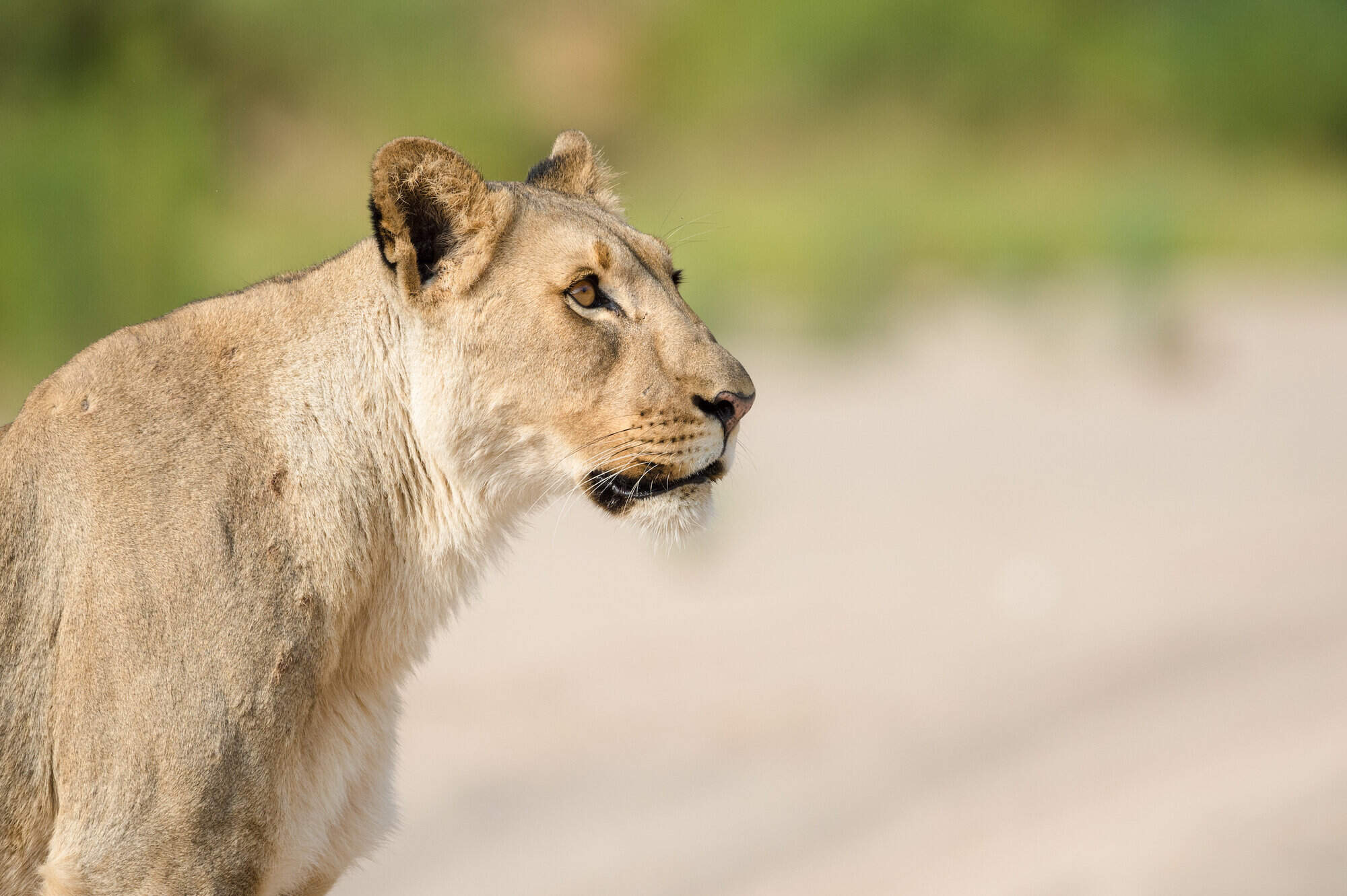
Wildlife safaris
These trips include incredible wildlife and elusive species, as well as superb guiding and a variety of diverse ecosystems.








